
Engelmann, Proceedings of the American Academy of Arts and Sciences 3: 291, 1856
Herbarium; Herbarium; Herbarium; Herbarium; Herbarium; Herbarium (fruit); Herbarium; Herbarium (as O. expansa); Herbarium (as O. expansa); Herbarium (as O. expansa); Herbarium (as O. expansa); Holotype (as O. eocarpa); Isotype (as O. eocarpa); Herbarium (as O. phaeacantha major); Painting (as O. expansa); Photograph (O. expansa, Villa Nueva, NM)
O. dulcis shares similarities with O. camanchica
O. dulcis is related to O. confusa
Original Citation
What is Opuntia dulcis?
Opuntia dulcis is a widespread, medium-sized prickly pear with sweet fruit, hence the name dulcis. It ranges from western Texas to Arizona and perhaps into CA above the hot dry desert.
Details
From Powell and Weedin, 2004, page 169:
Opuntia dulcis is a more upright cactus than O. camanchica, and the spines are fewer and more slender. It is midway in size between O. phaeacantha and O. engelmannii. The pads are obovate to ovate and 16-25 cm long by 12-15 cm wide. There are 2-4 spines per areole in this prickly pear. While spines may be brown at their bases and white at the tips; they vary and may be other colors depending upon the population of this prickly pear.
The flowers are yellow with red centers and have slightly more tepals than O. camanchica. Filaments of this Opuntia are pale green to cream or colorless and about 1.5 cm long. Anthers are yellow and about 2 mm long. The style is rosy or white and 2-2.5 cm long. Stigma lobes are typically light green. When ripe the fruits of O. dulcis are red to purple, obovate to obconic, 3.5-4.5 cm long, 2.5-3 cm in diameter. The umbilicus of this Opuntia may be shallow or deep. The fruit is smooth with few areoles that have few glochids and few or no spines. The fruit rind is purple; the pulp may be pink, purple, red, or greenish—and juicy. Juice may be colored or clear and is sweet. Seeds are tan, irregularly discoid, 3.5-4.5 mm in diameter. They have a narrow hilar notch and a prominent aril margin 0.7-1 mm wide.
O. dulcis is hexaploid.
Other Notes
O. dulcis has been described as a variety of O. phaeacantha. However, throughout their overlapping ranges, the two cacti are differentiable. O. dulcis is a larger plant with ascending branches, to 2(3) ft. Sometimes the major branches of O. dulcis may be prostrate with side branches rising to 20 to 30 cm. Though larger, immature specimens of O. dulcis may overlap in size with O. phaeacantha plants. O. dulcis resembles O. engelmannii in some ways but does not become as erect or large as that Opuntia can. O. dulcis is a woody plant whereas O. phaeacantha is not. The spines may be in the same arrangement as O. engelmannii, but are more slender. However, generally, O. dulcis has fewer spines per areole than O. engelmannii.
Opuntia dulcis is a happy garden plant with pretty flowers. However, in good soil with regular irrigation, it can become large.

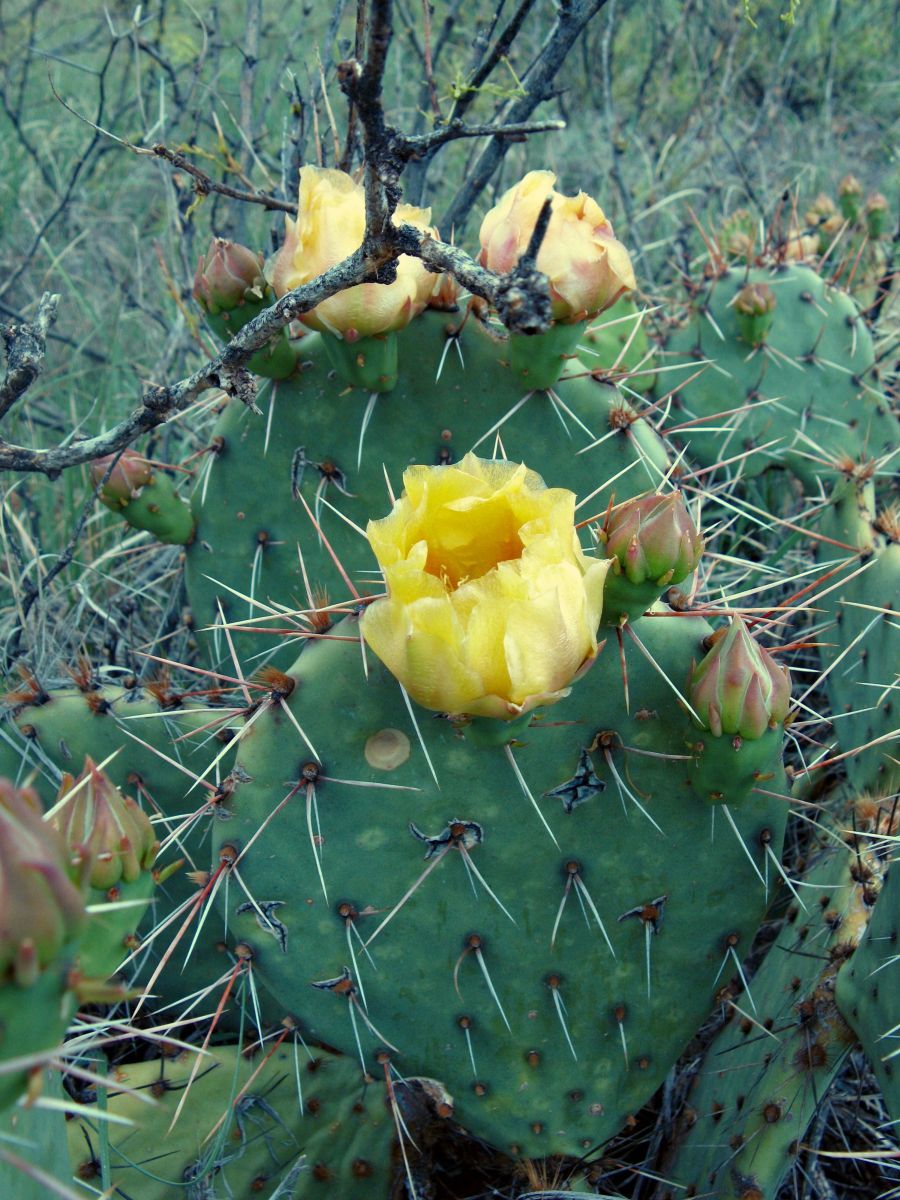
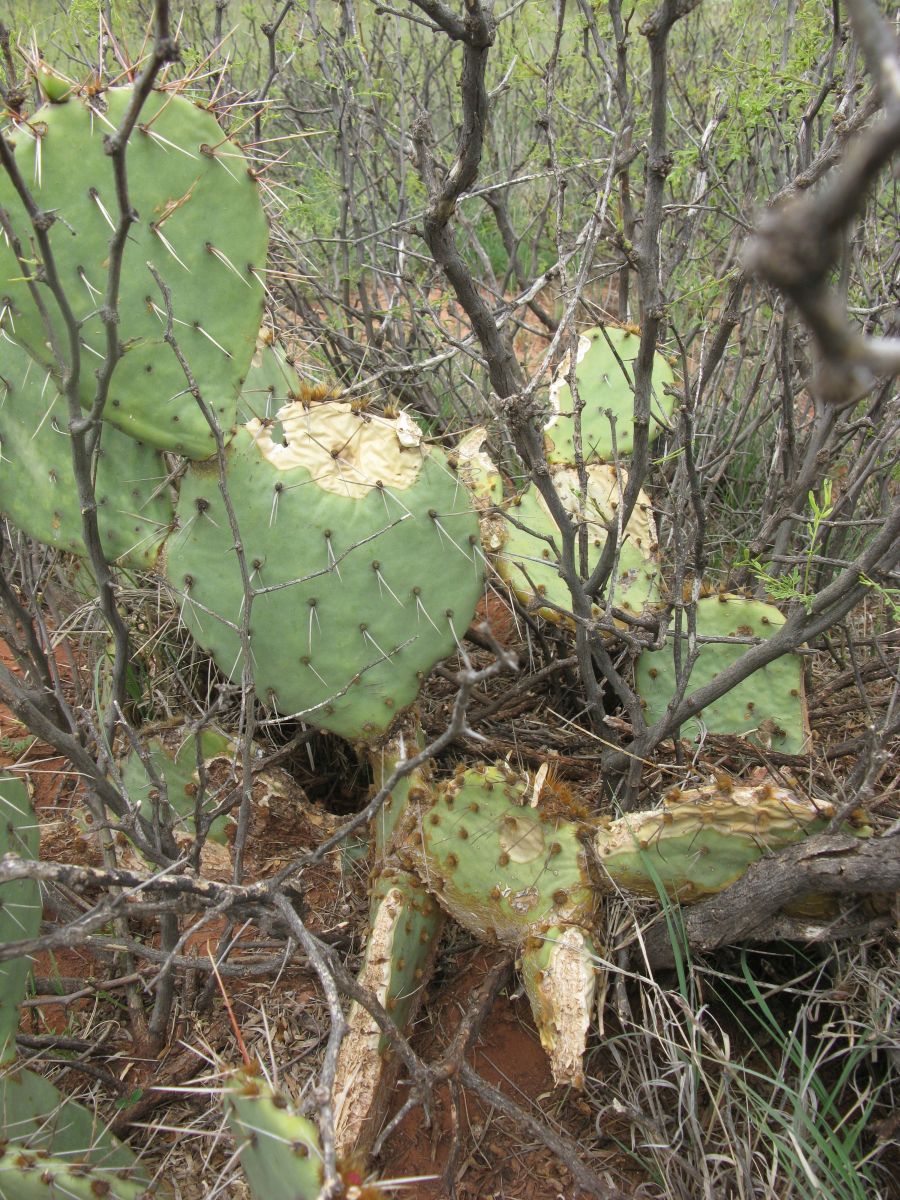
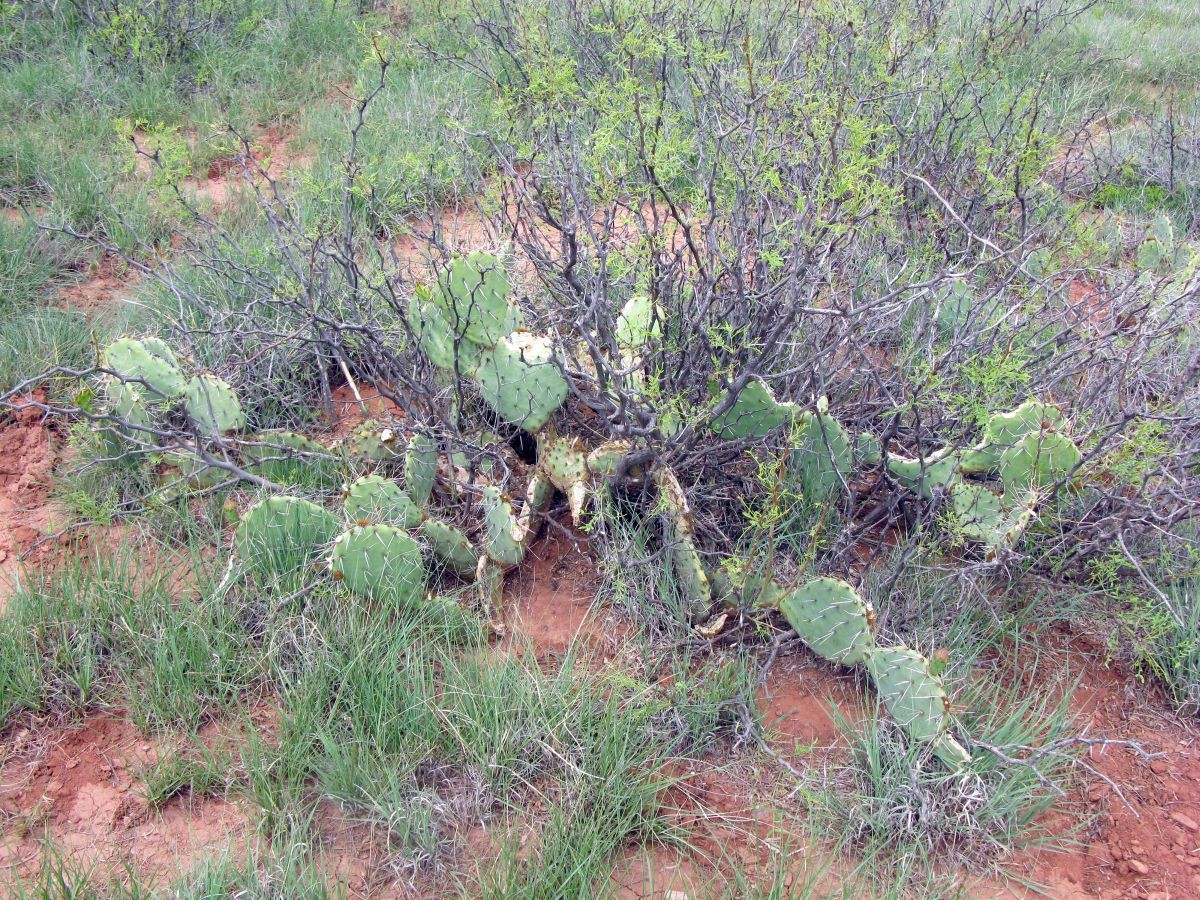
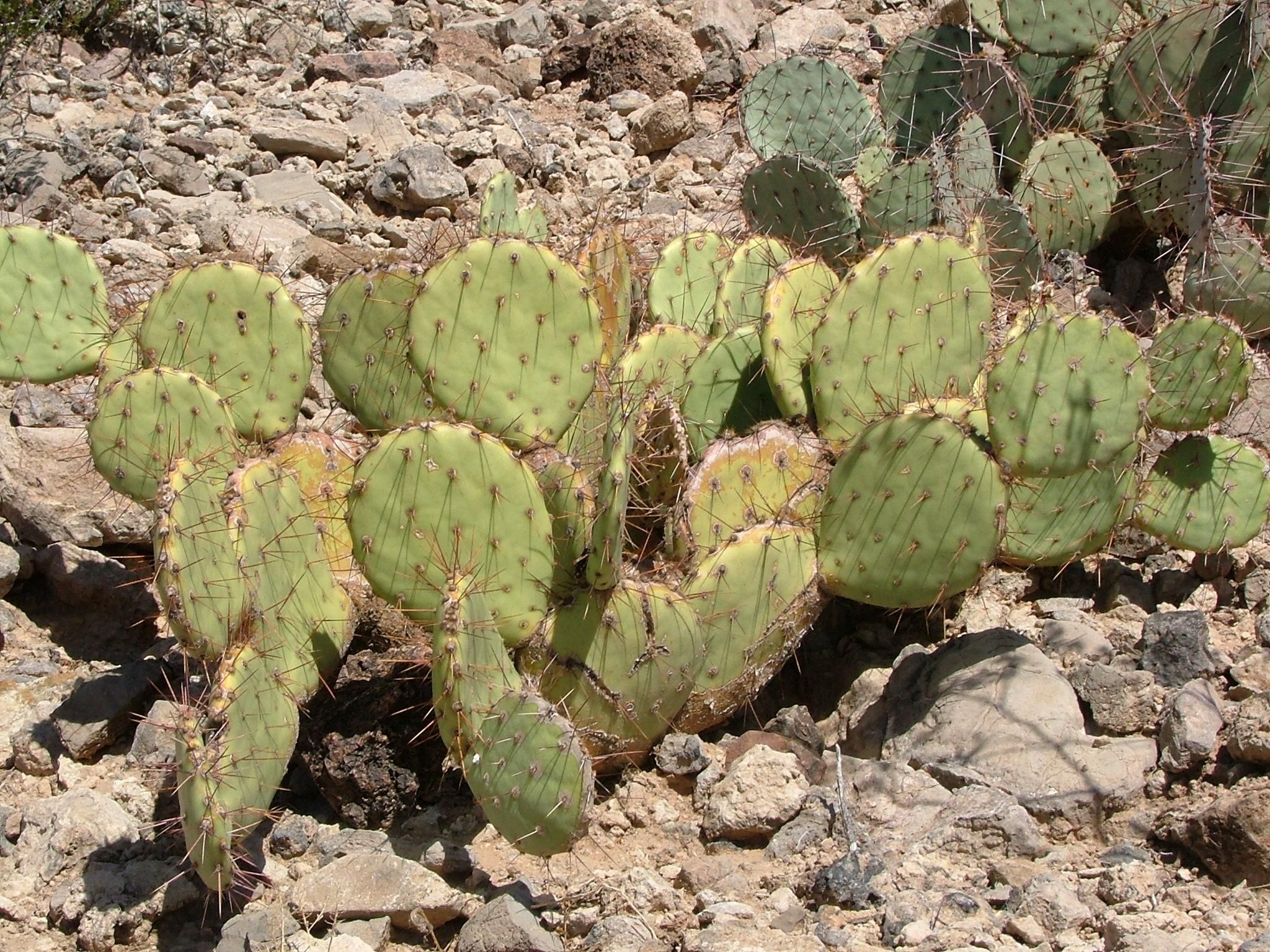
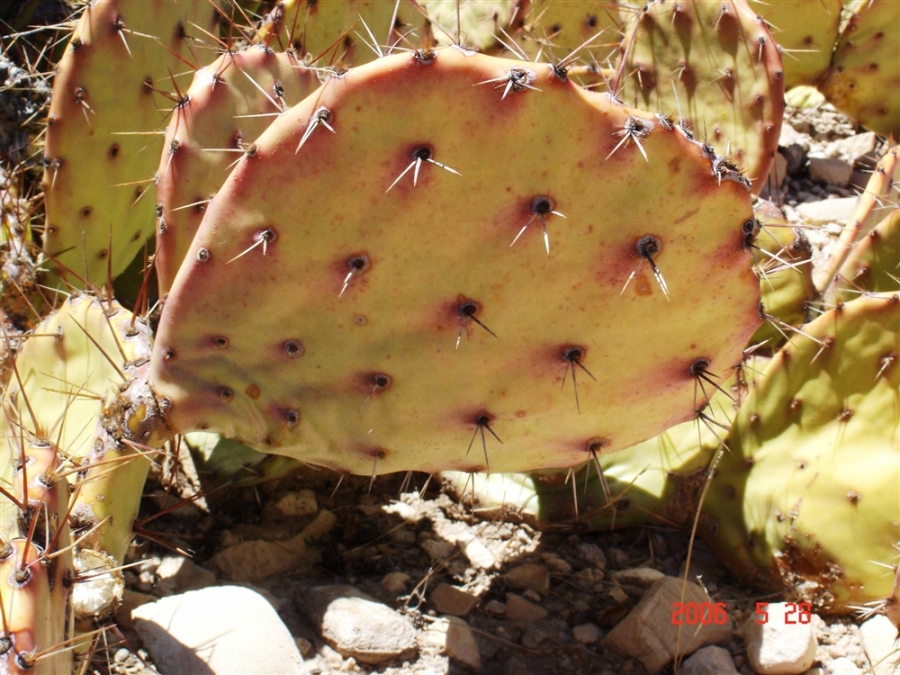
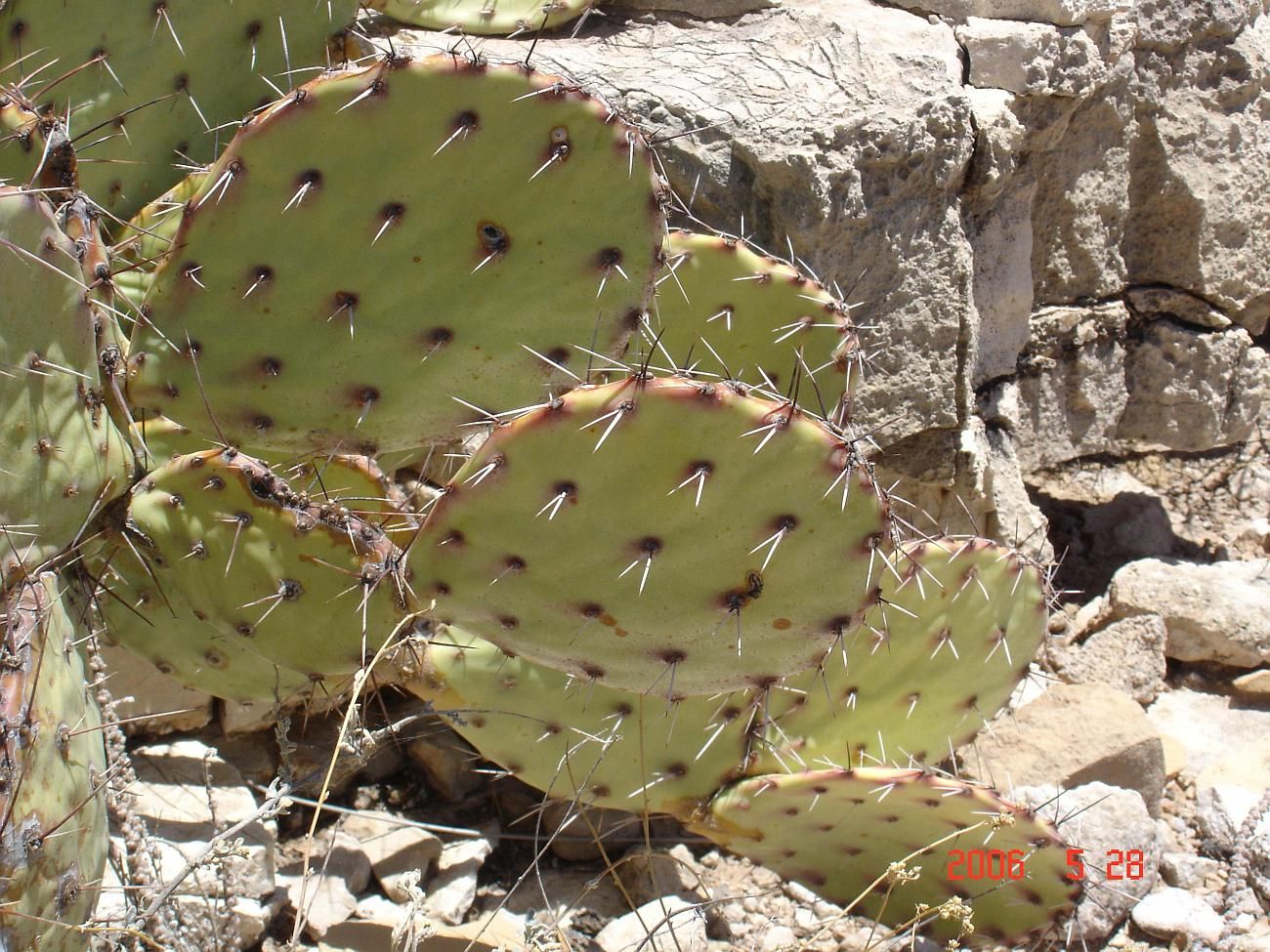
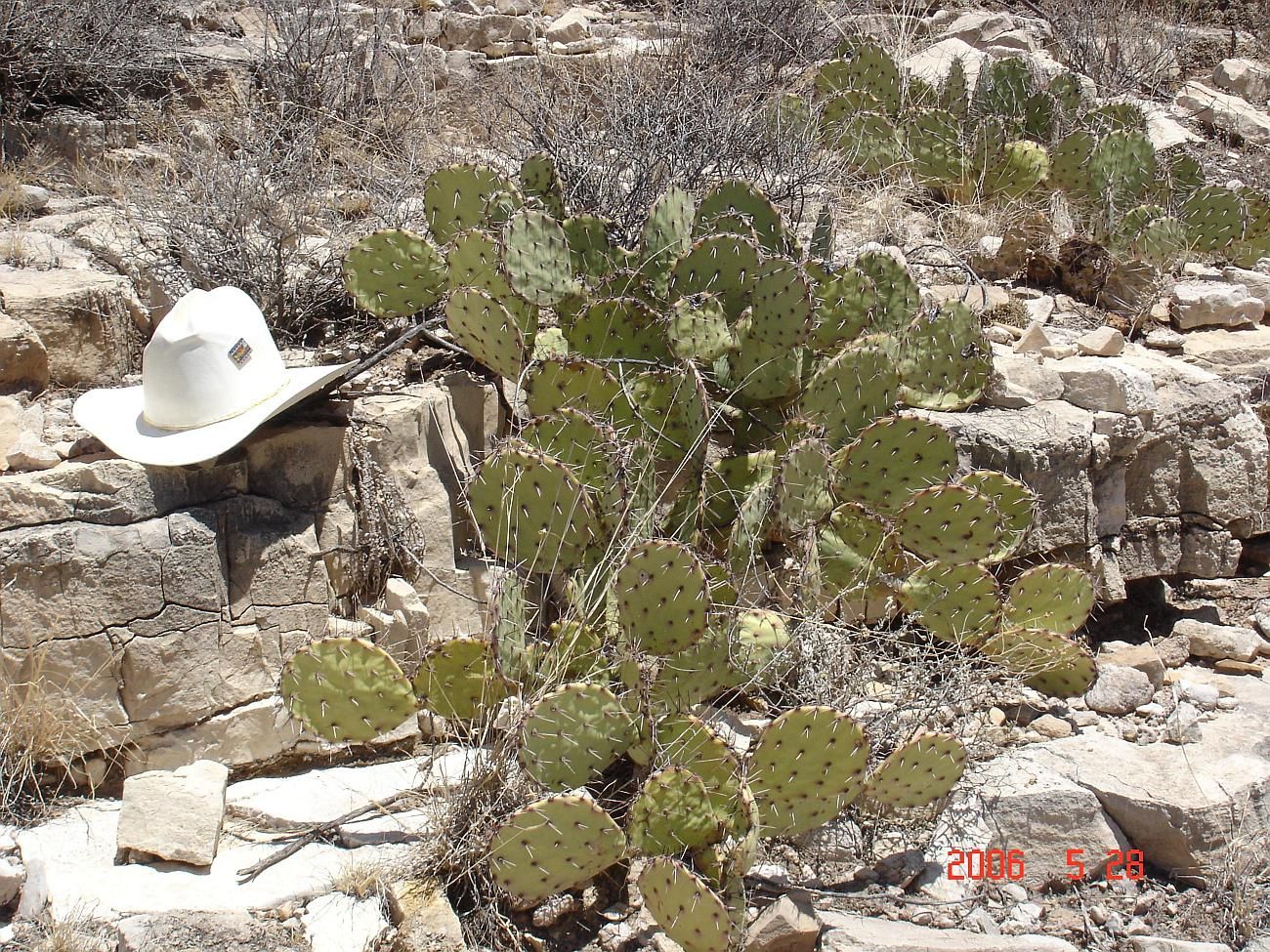

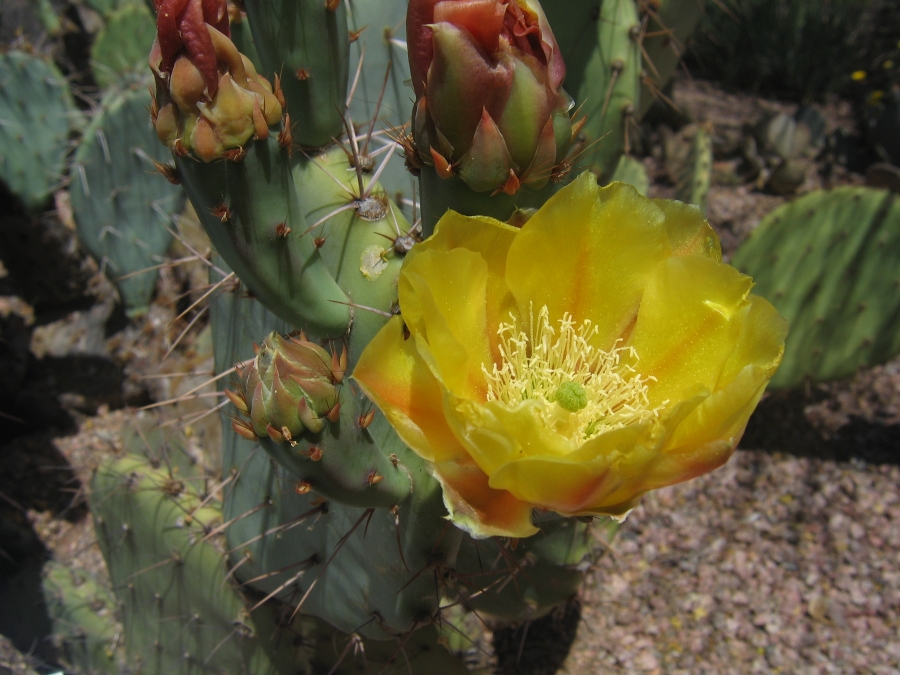
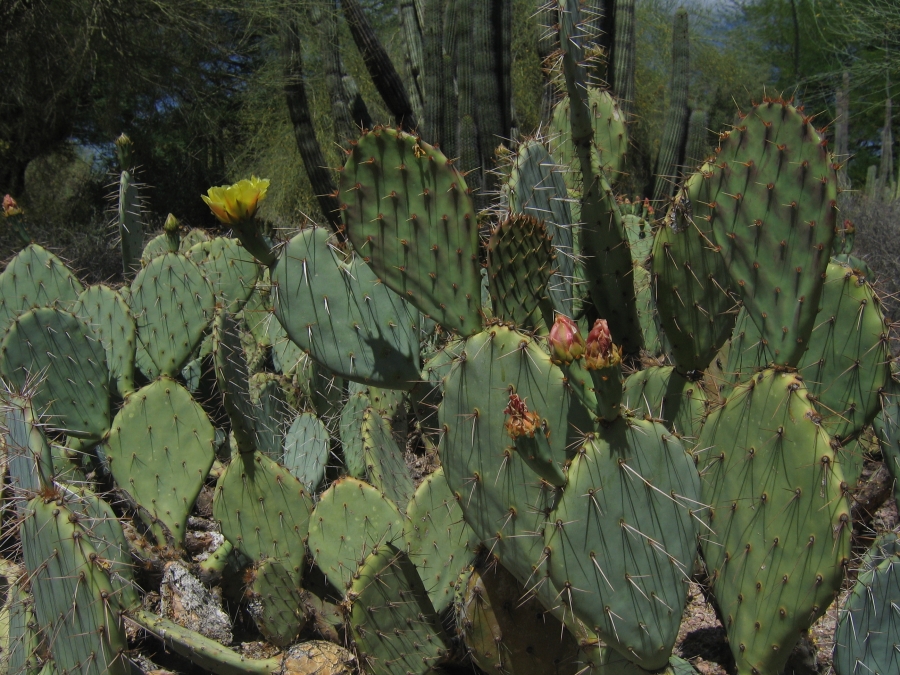

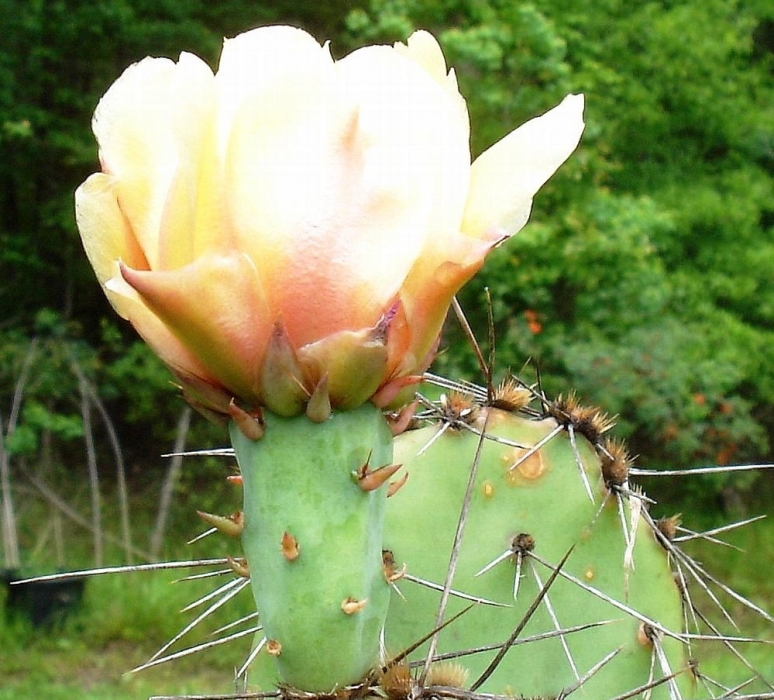
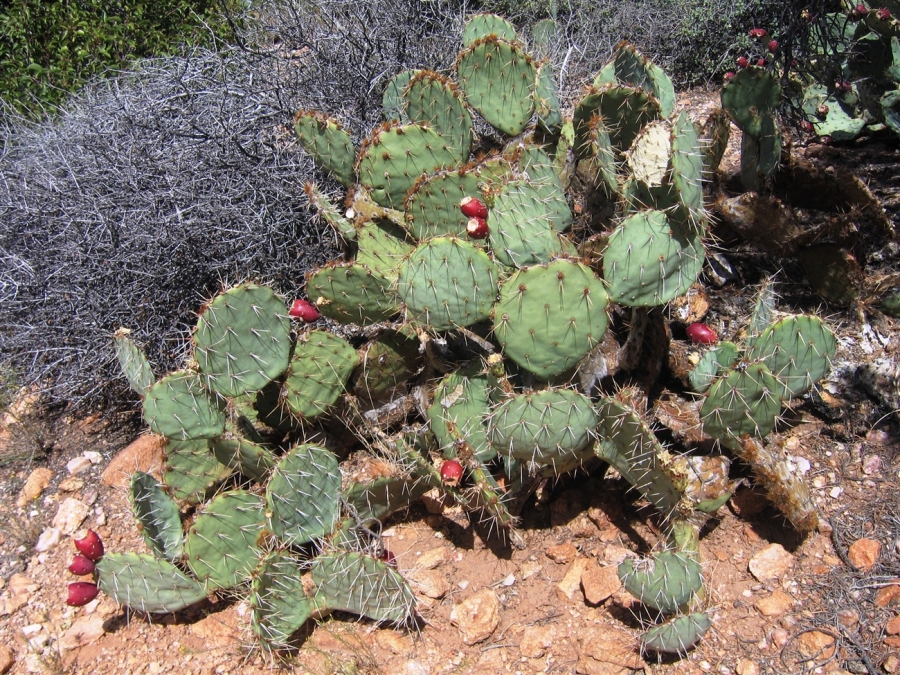
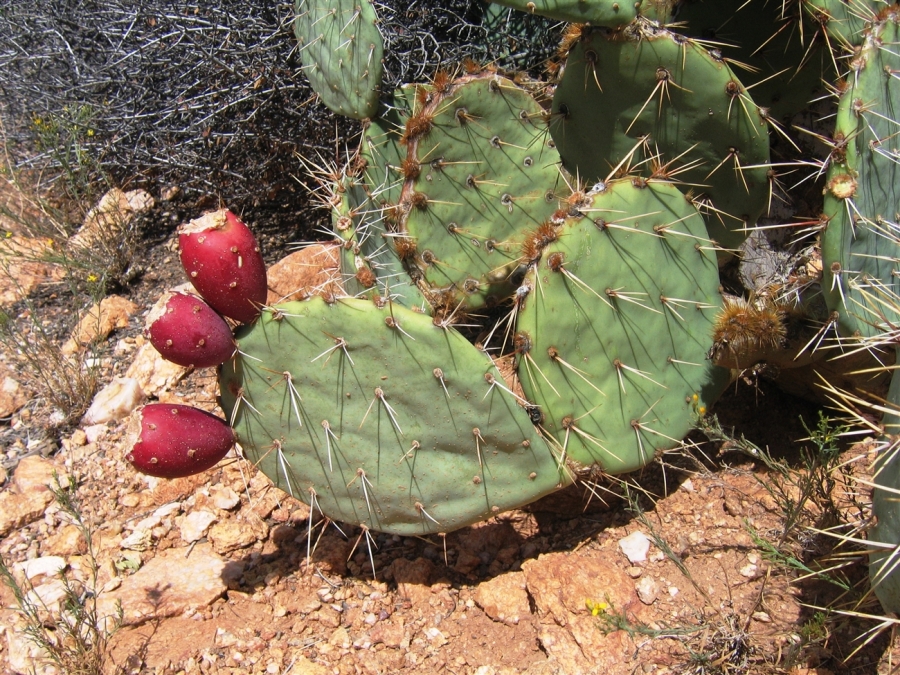
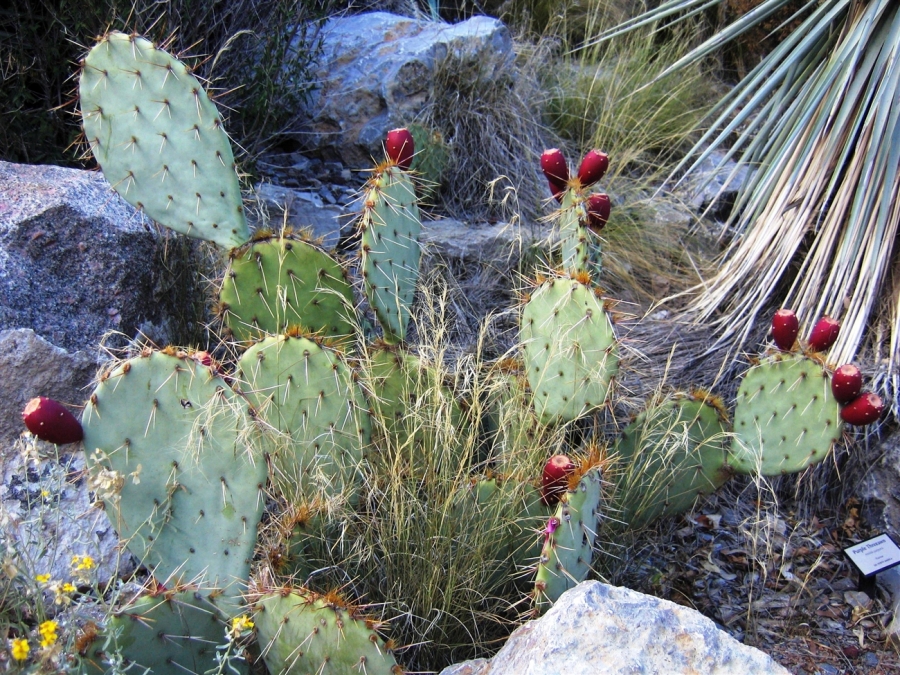
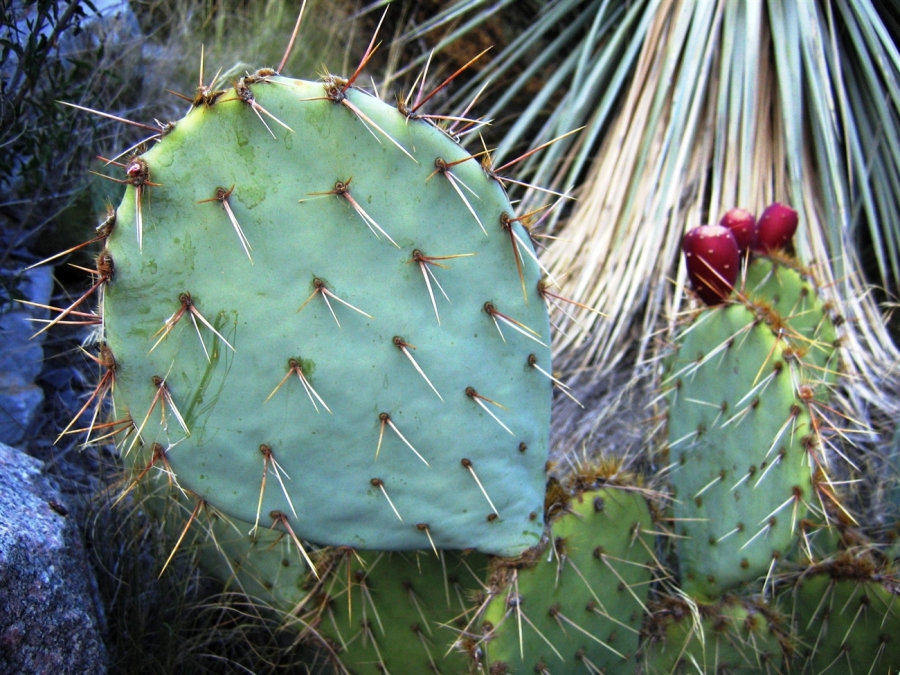
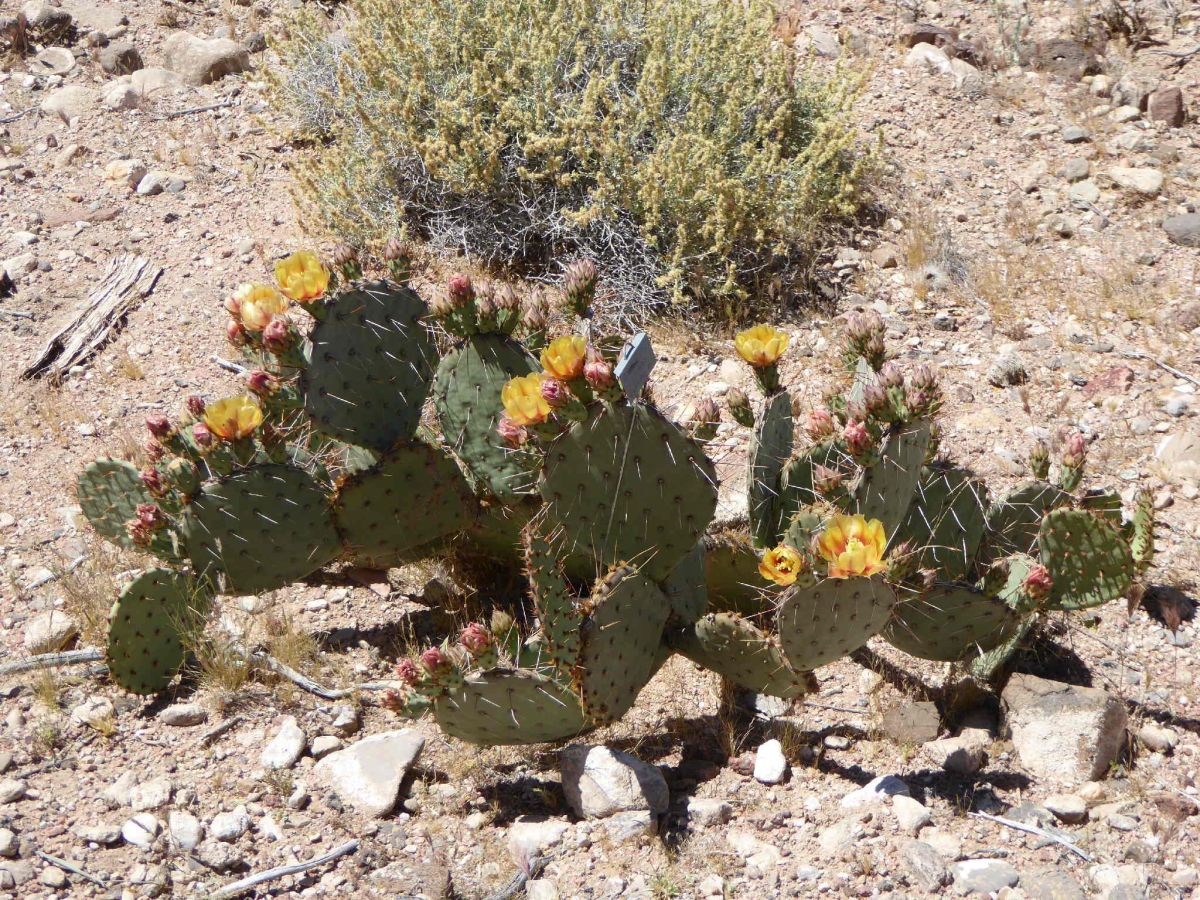
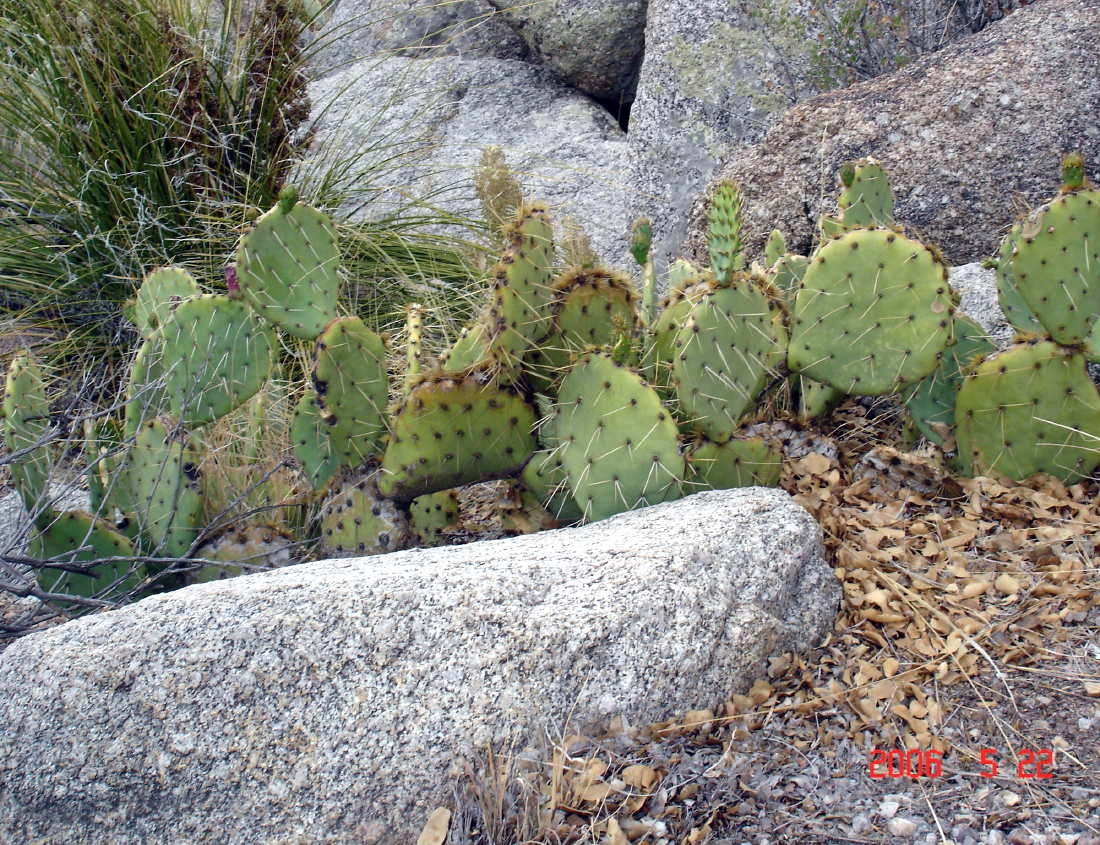
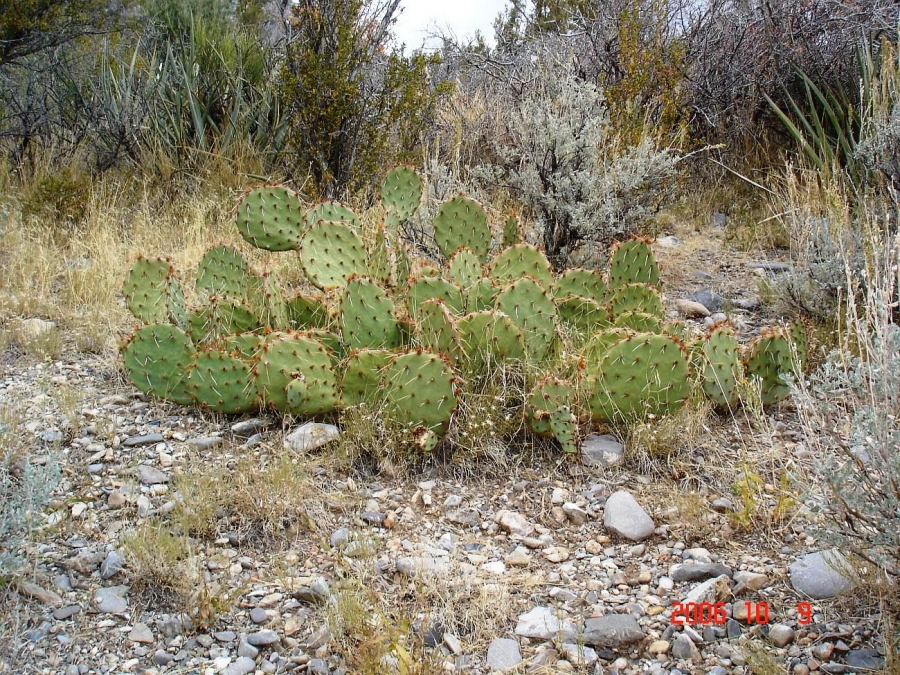
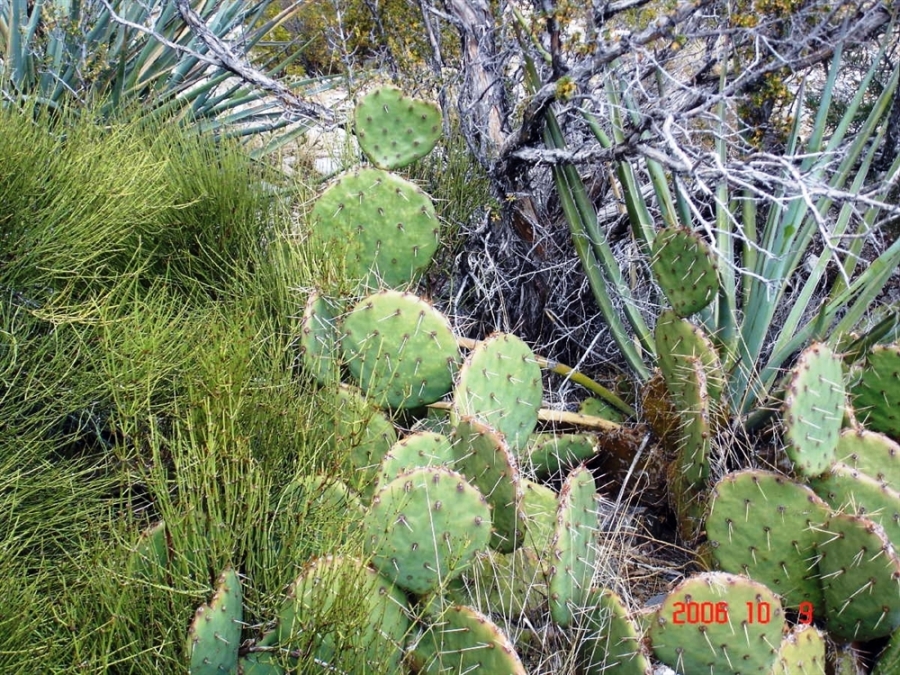
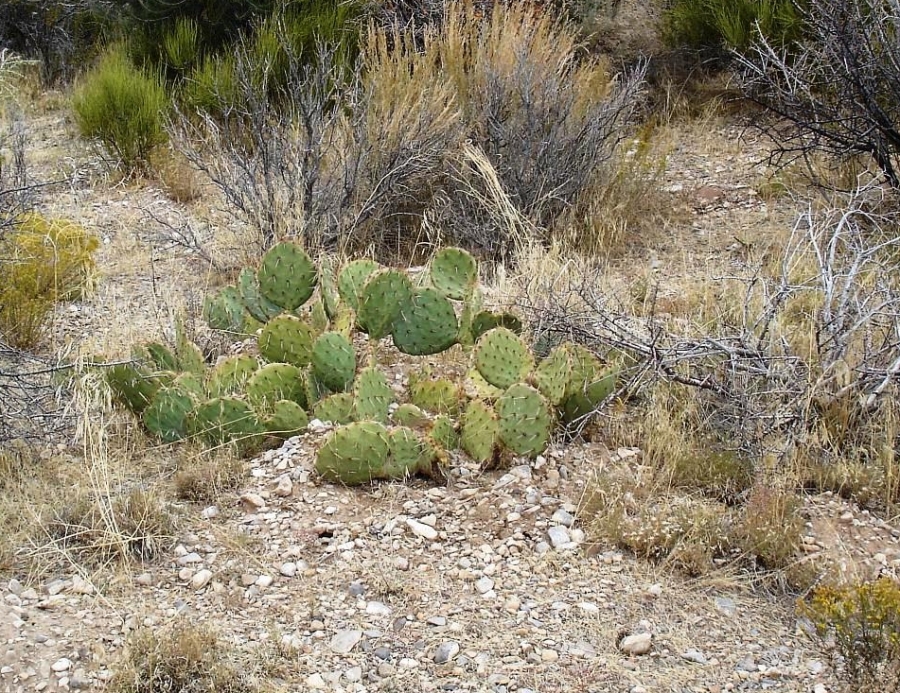
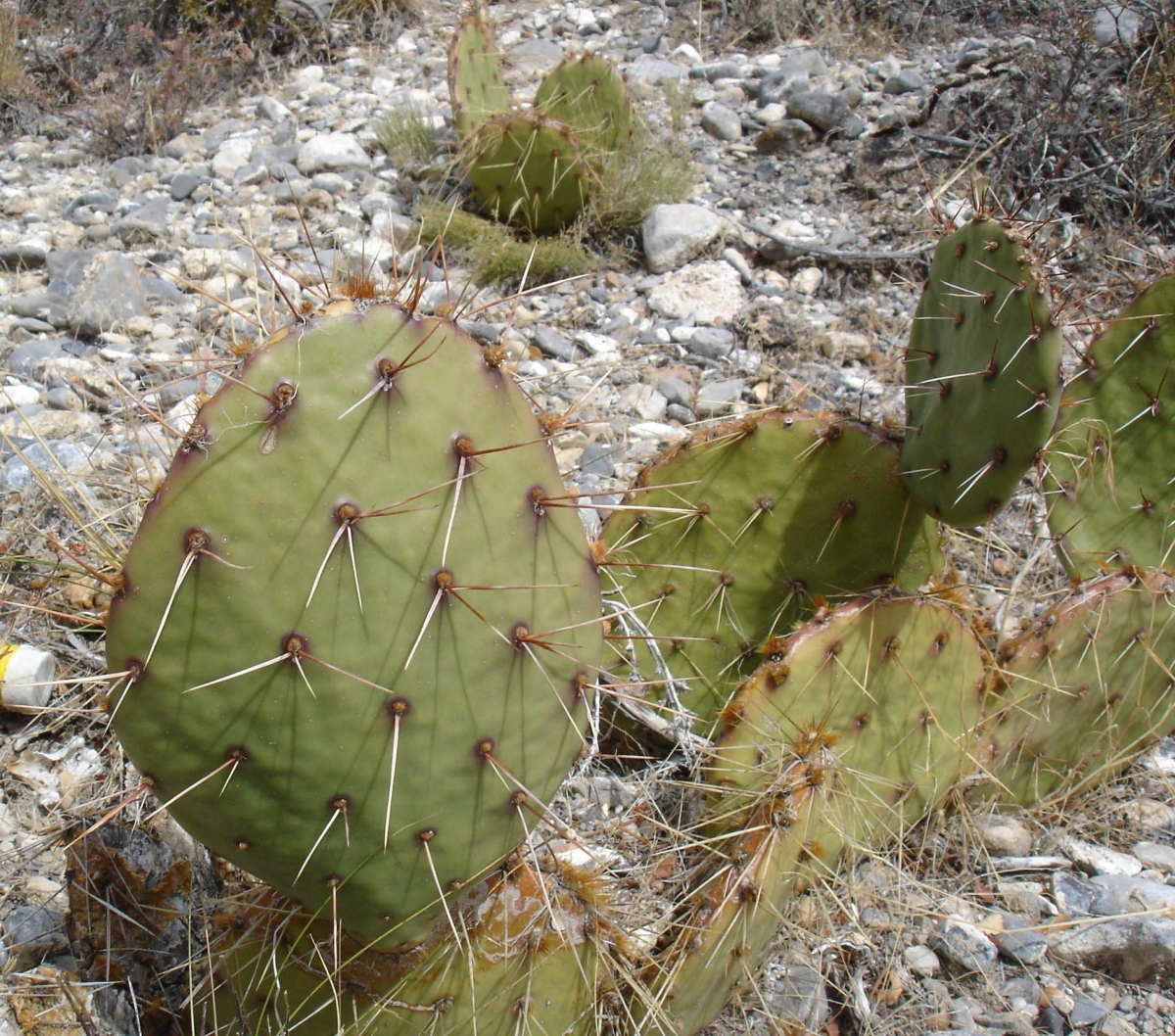
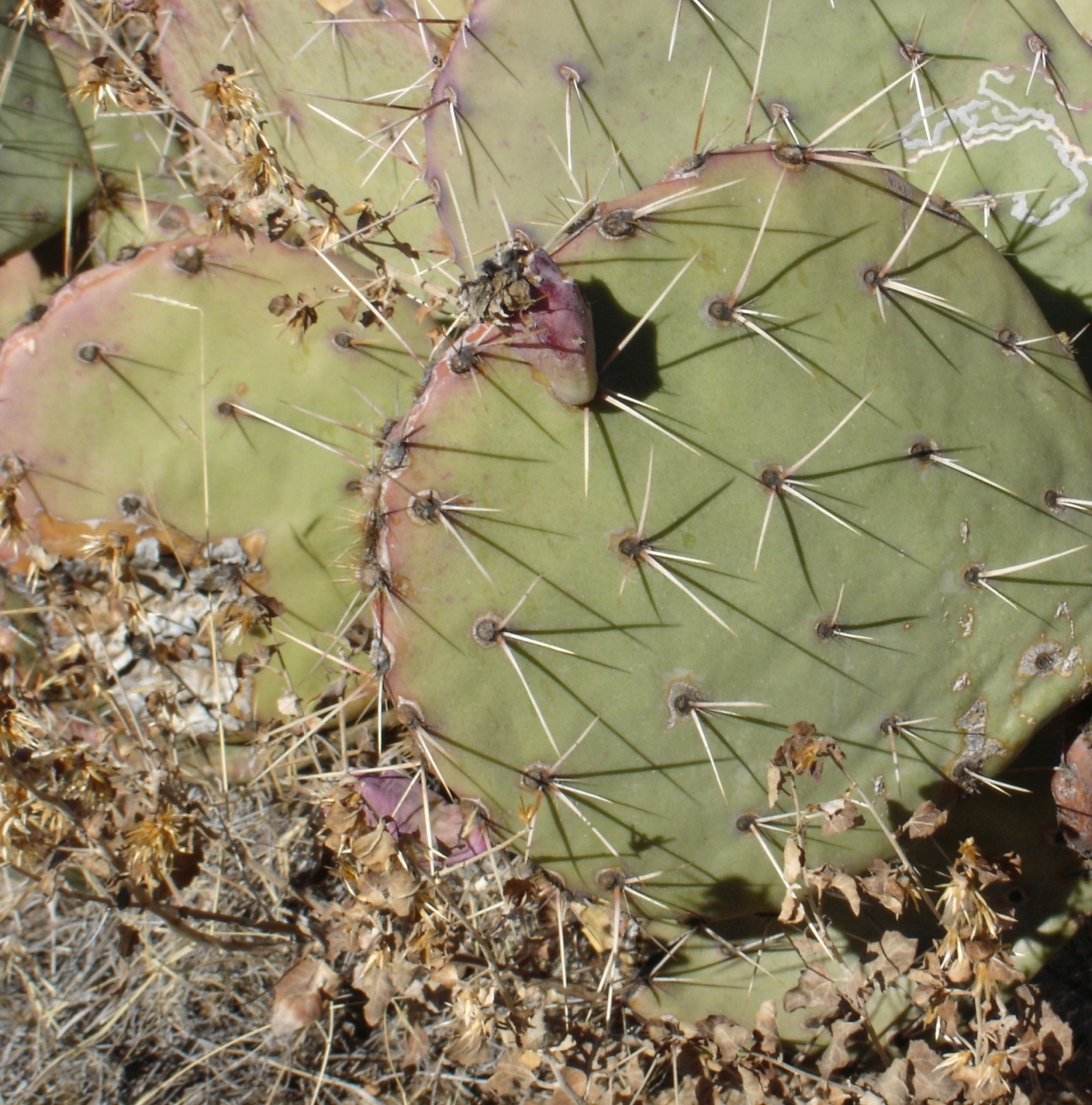
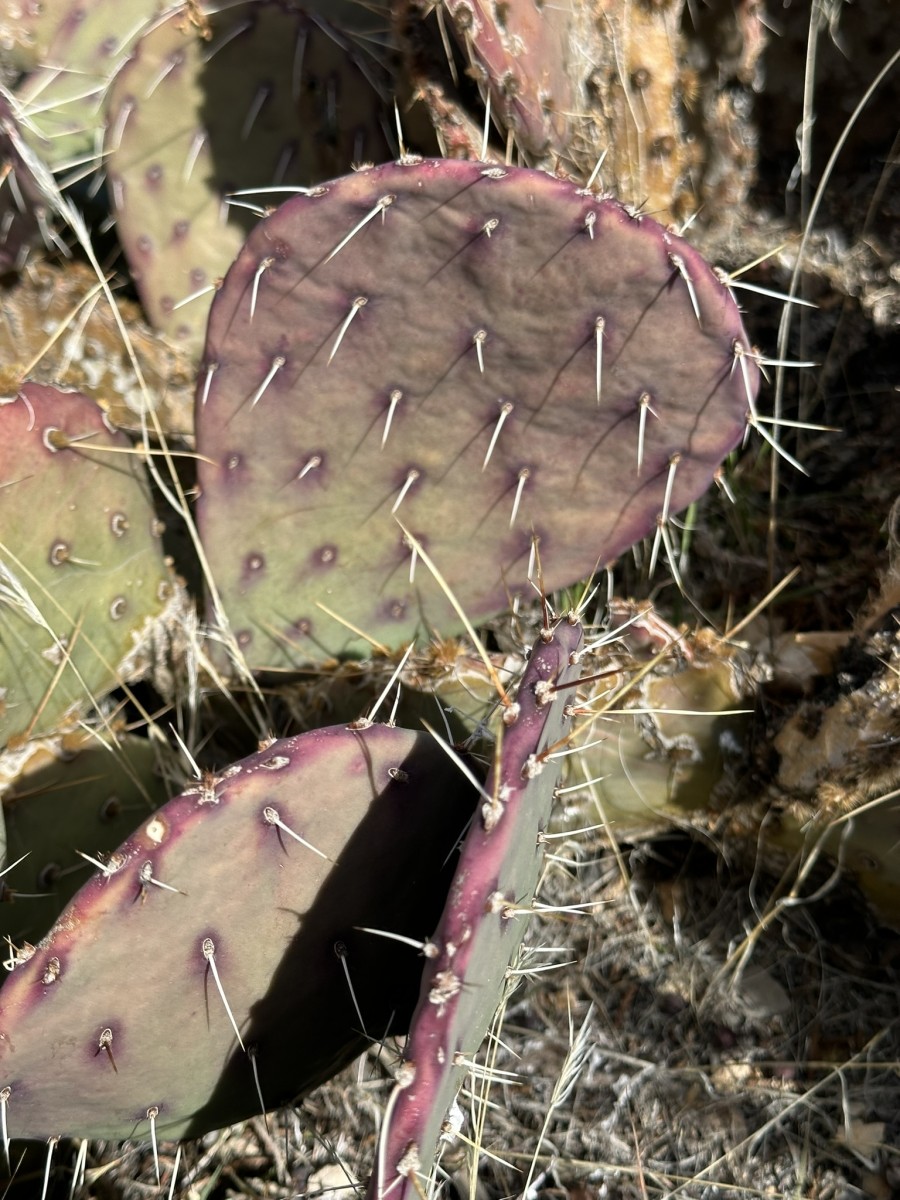
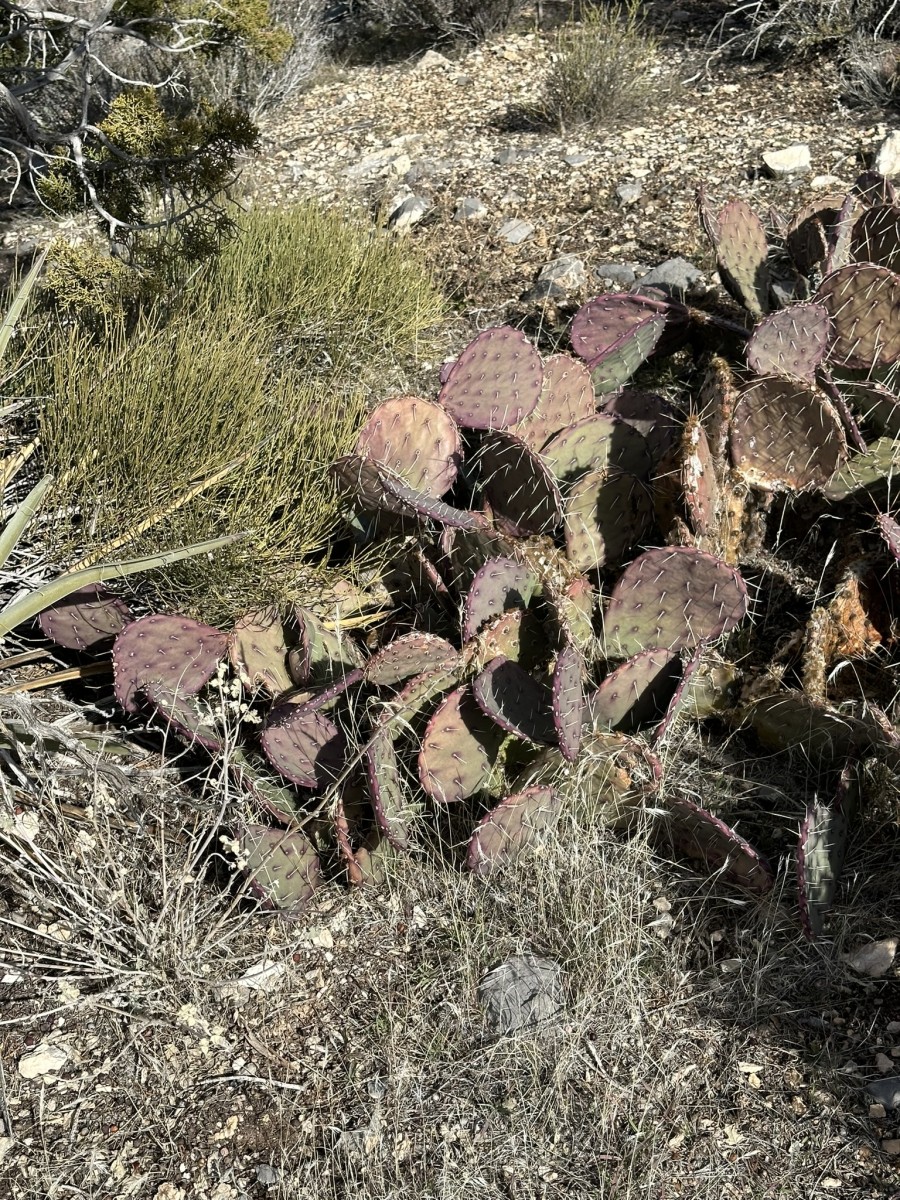
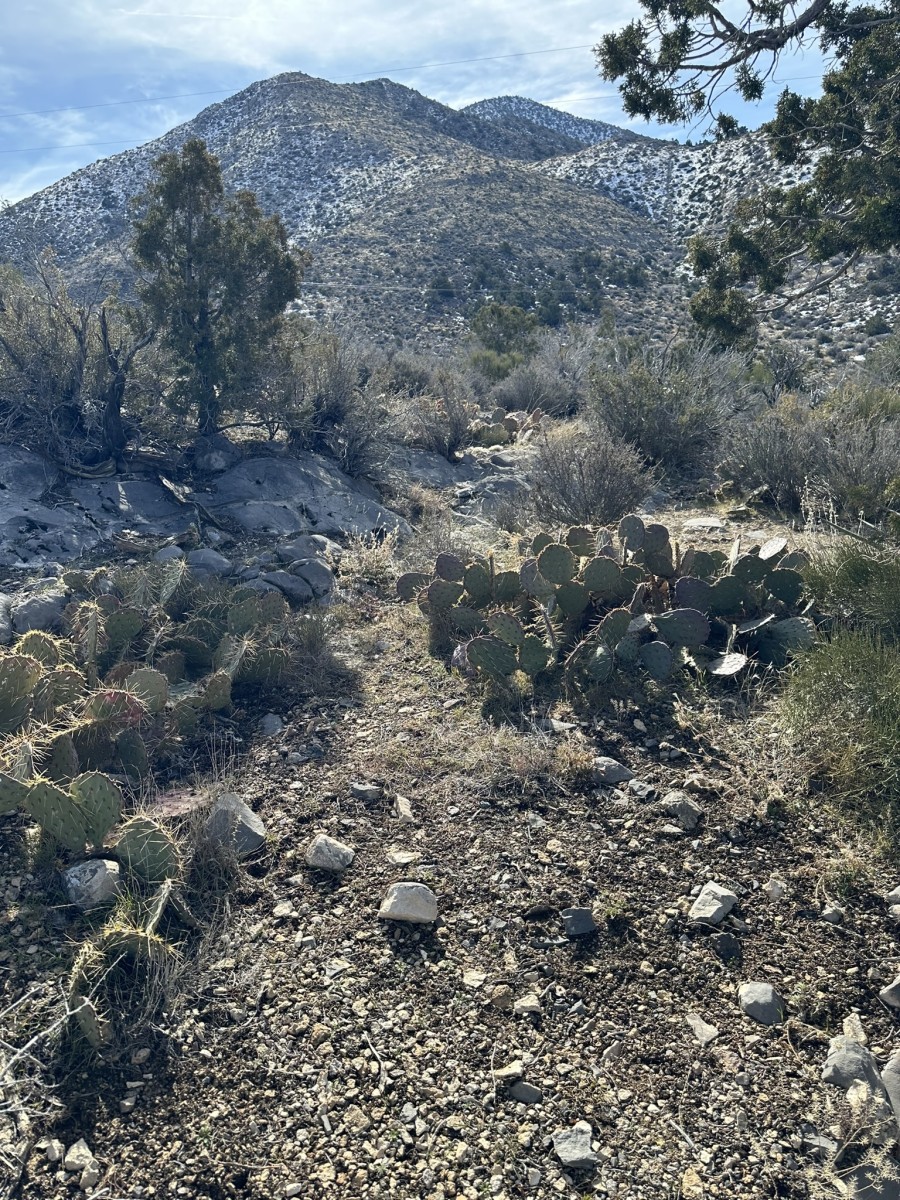
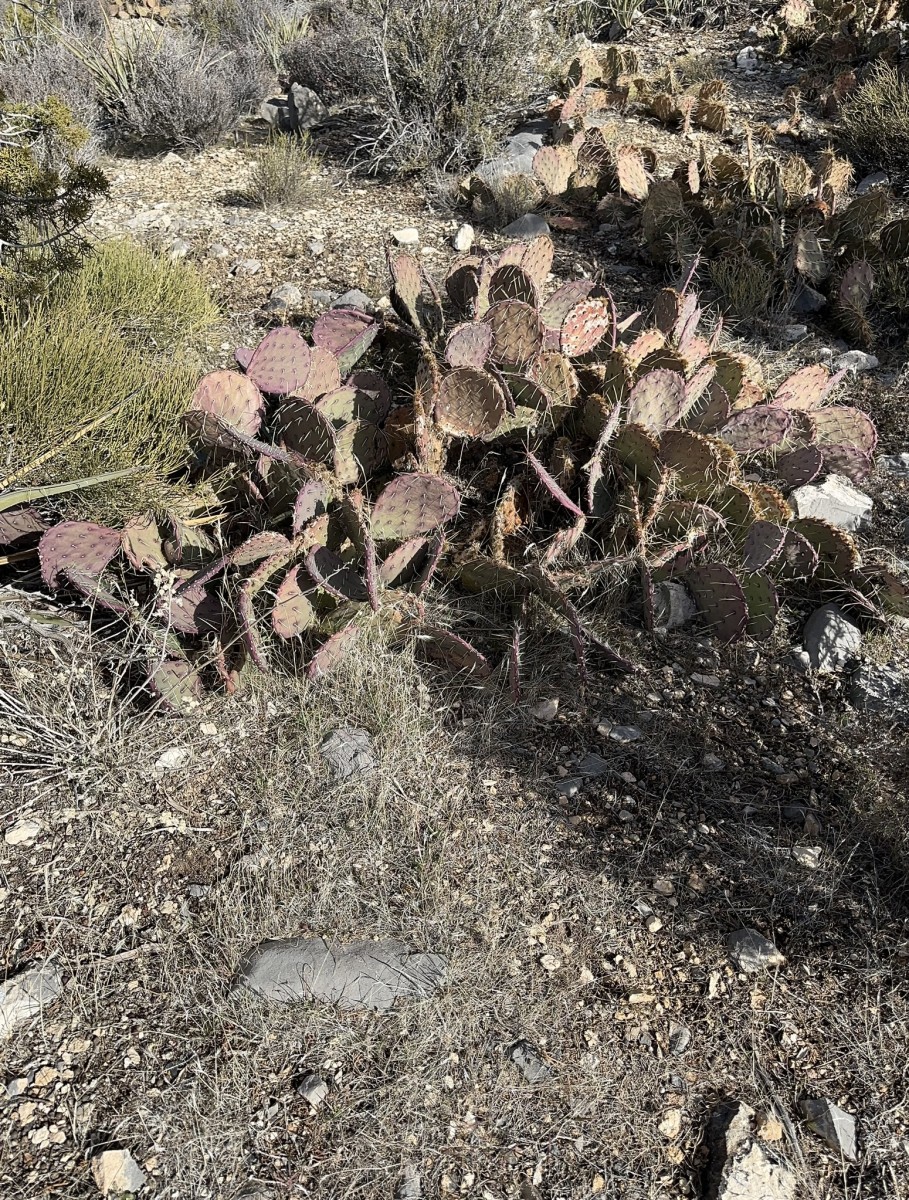
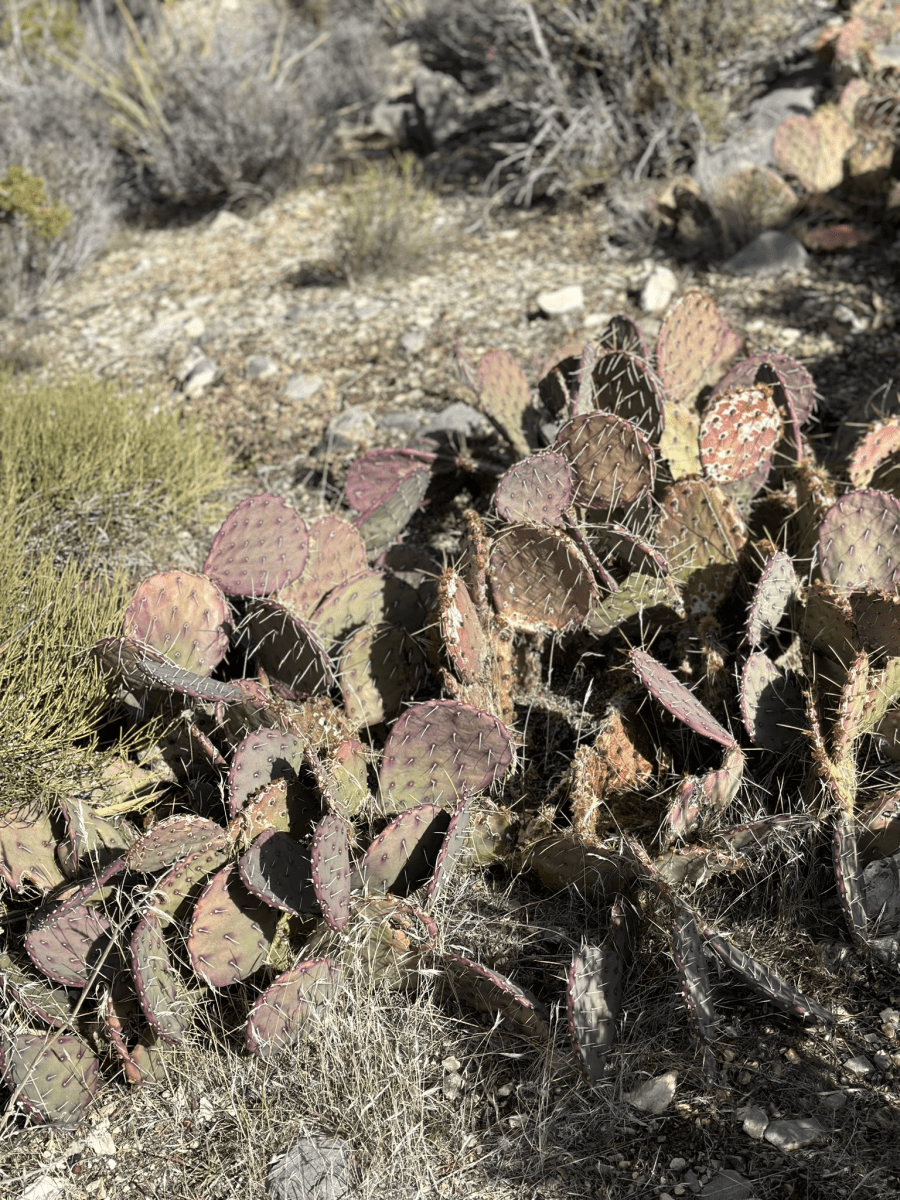
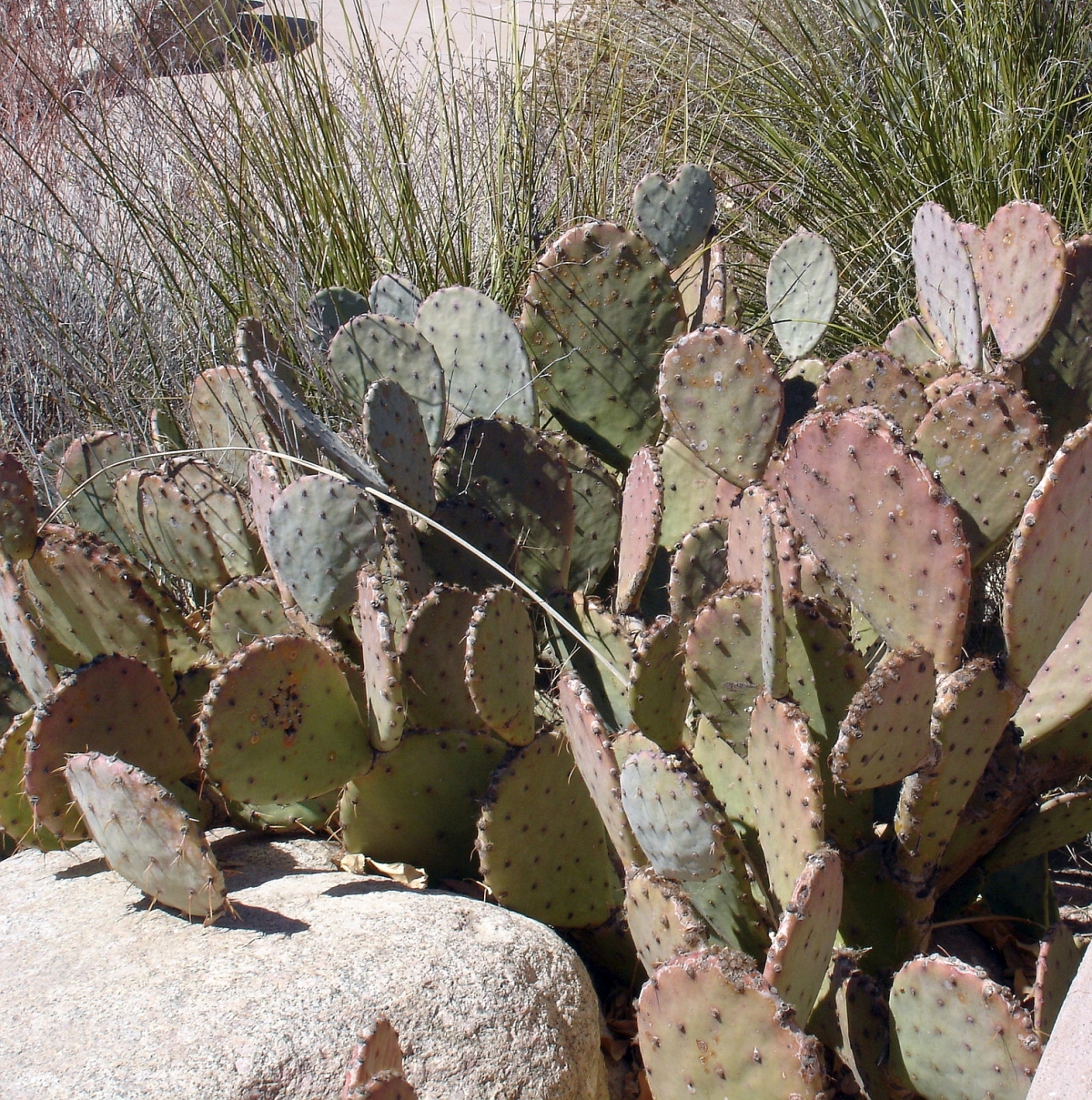
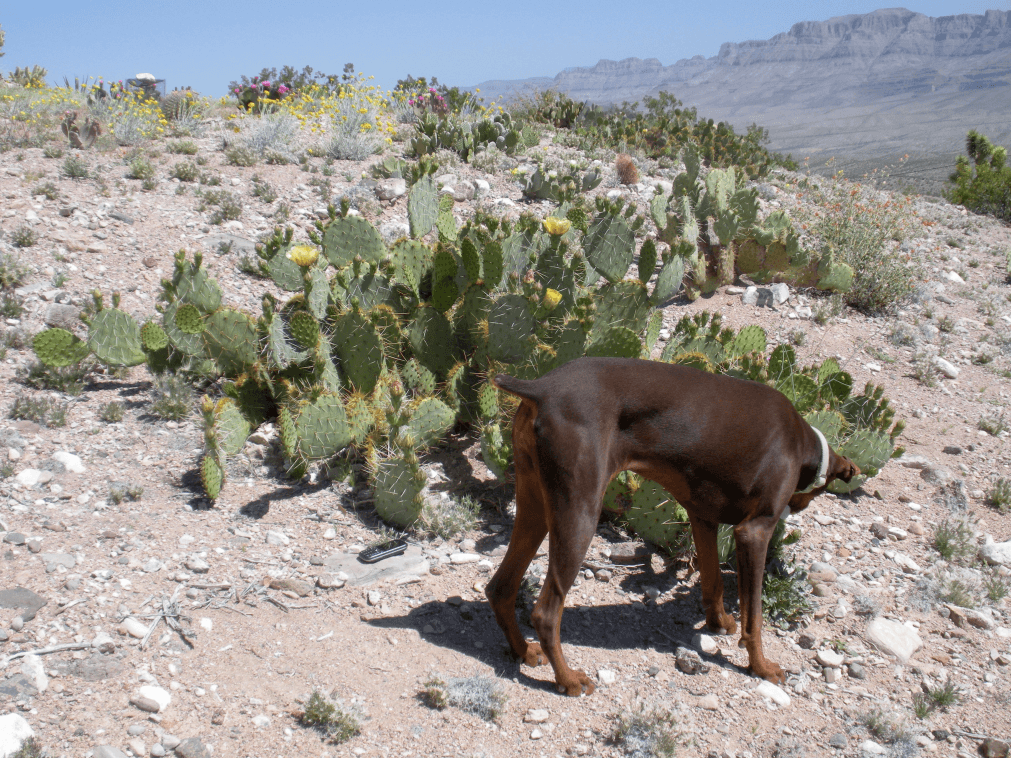
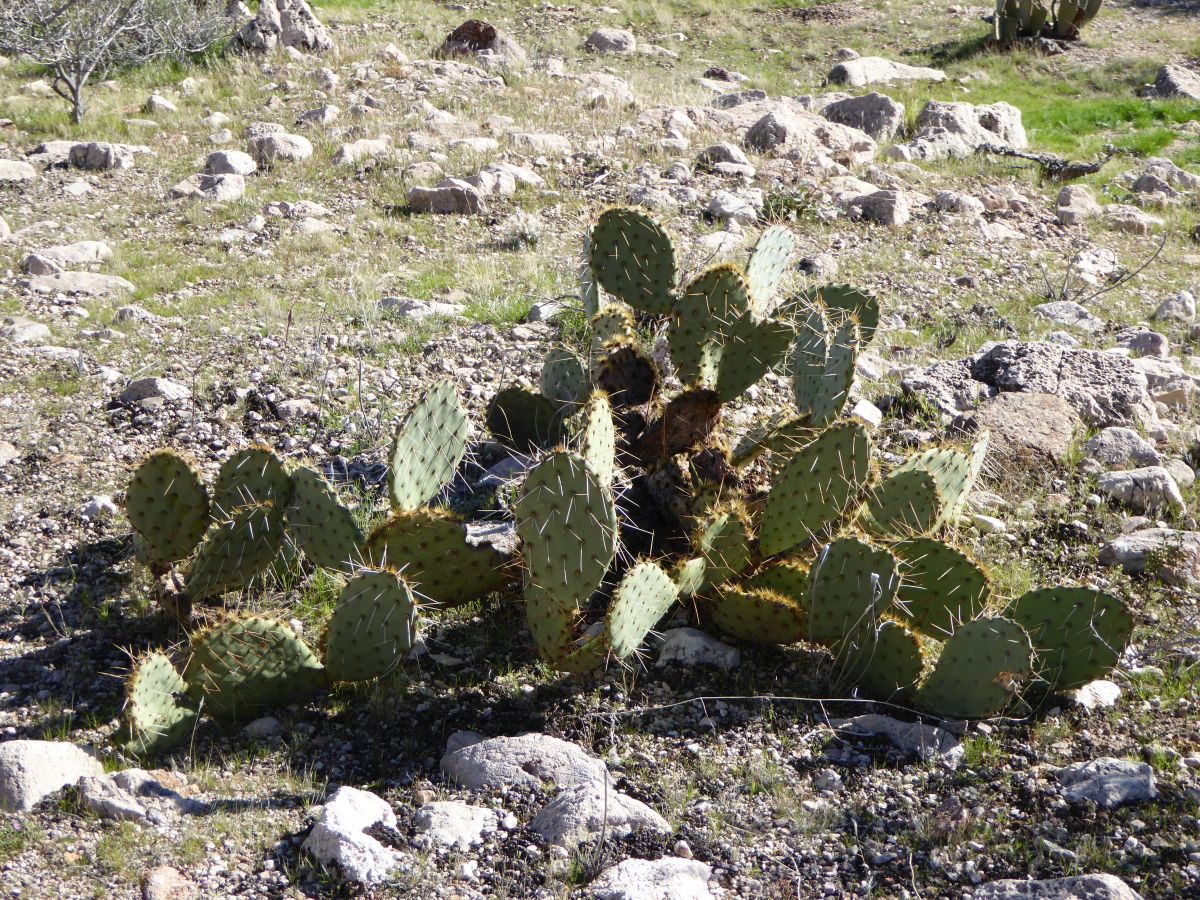
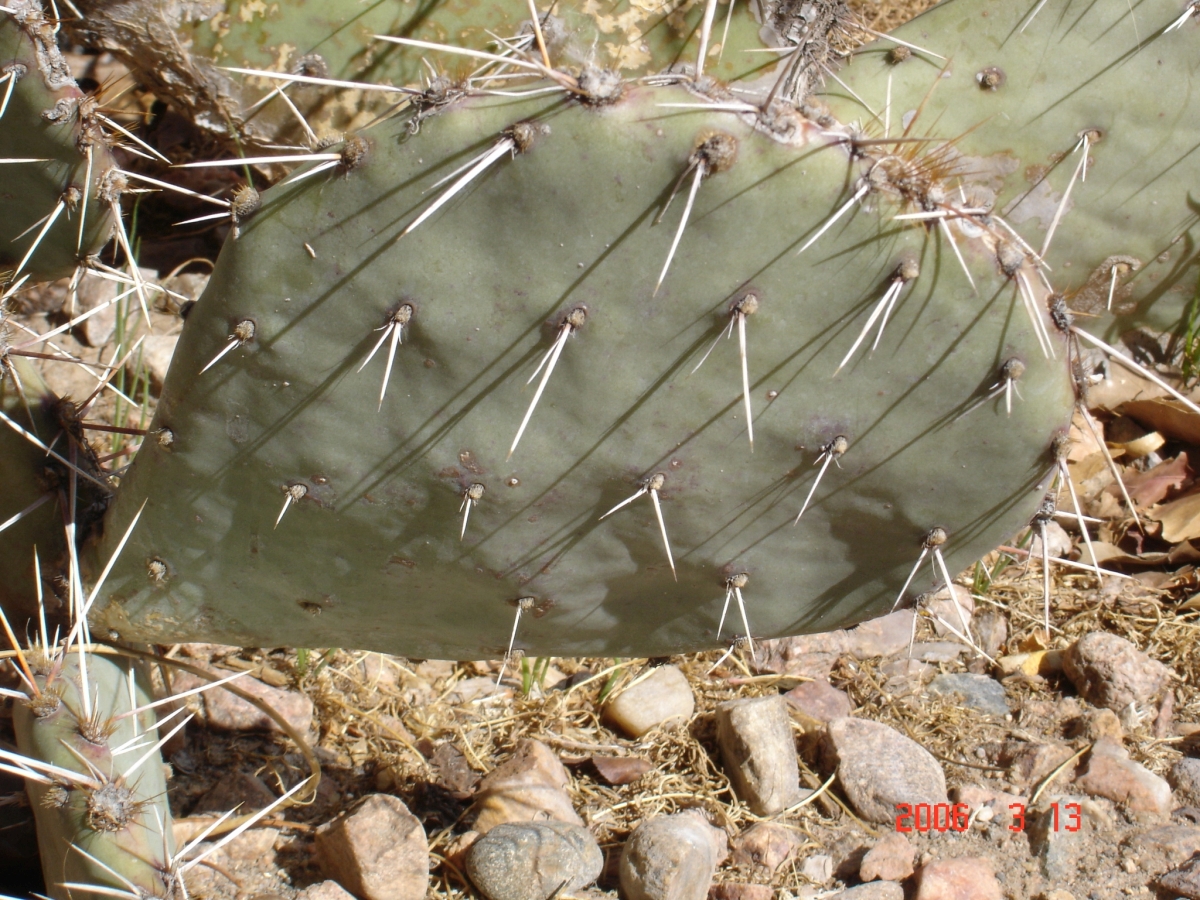
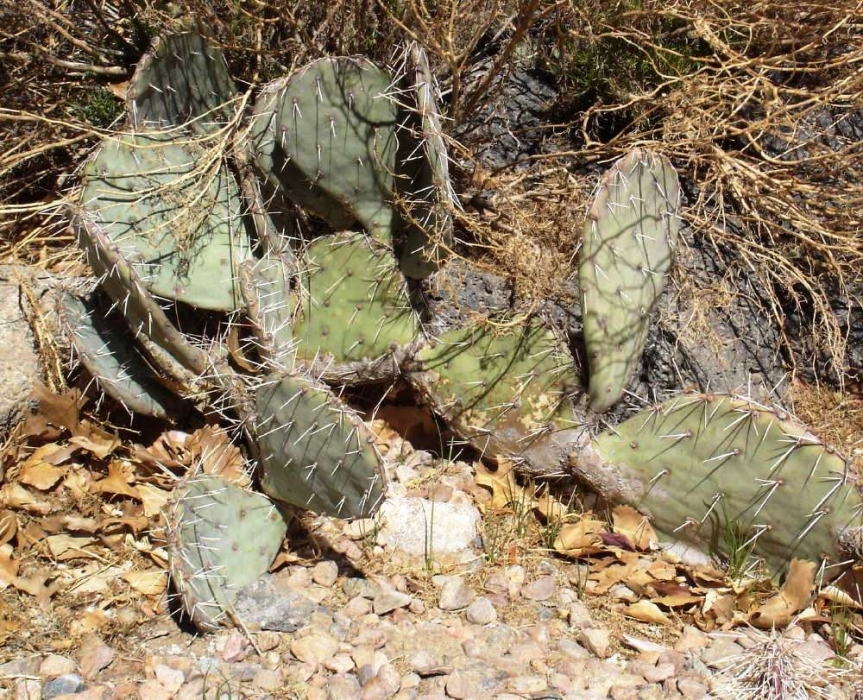
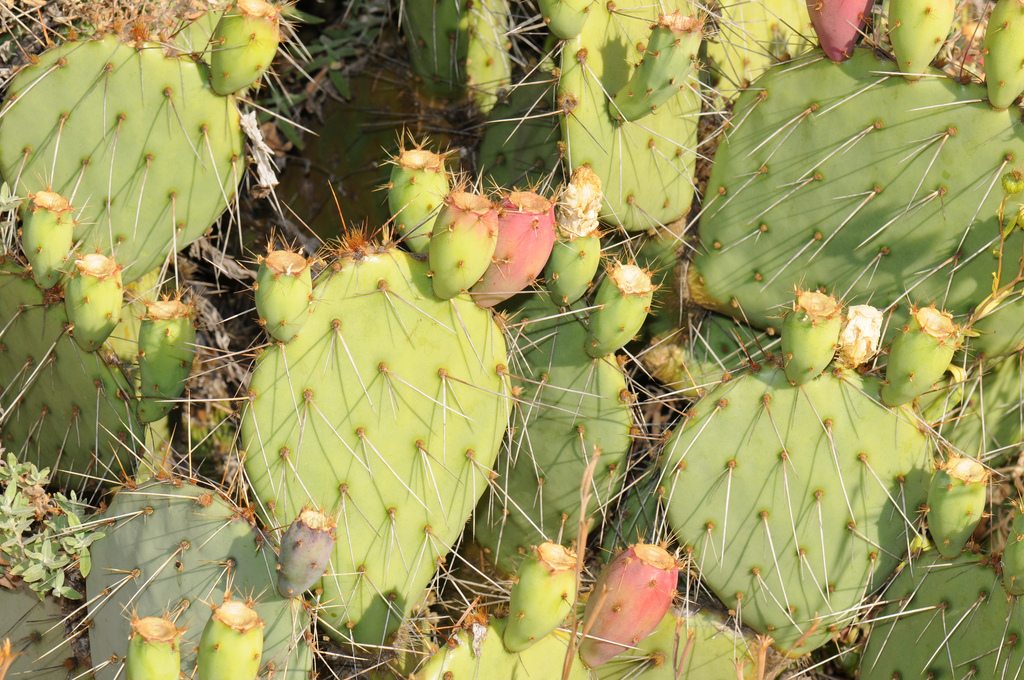
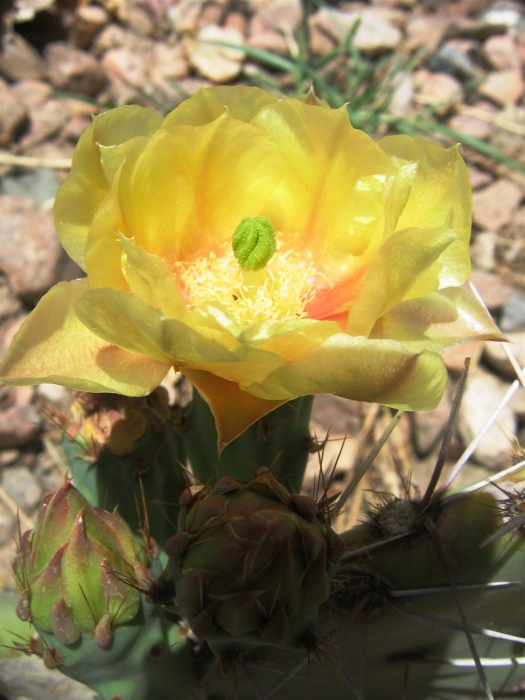
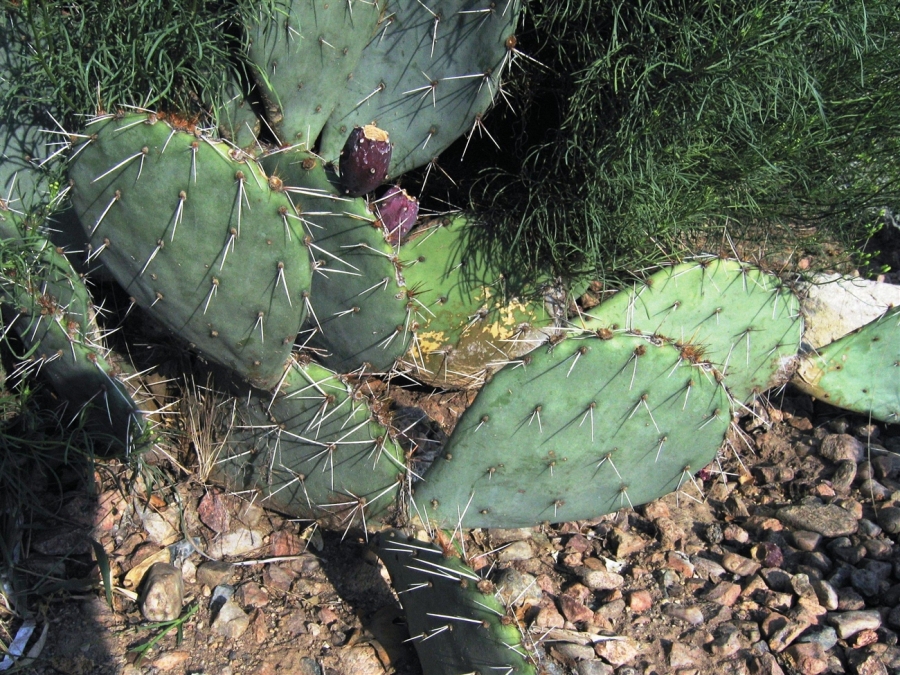
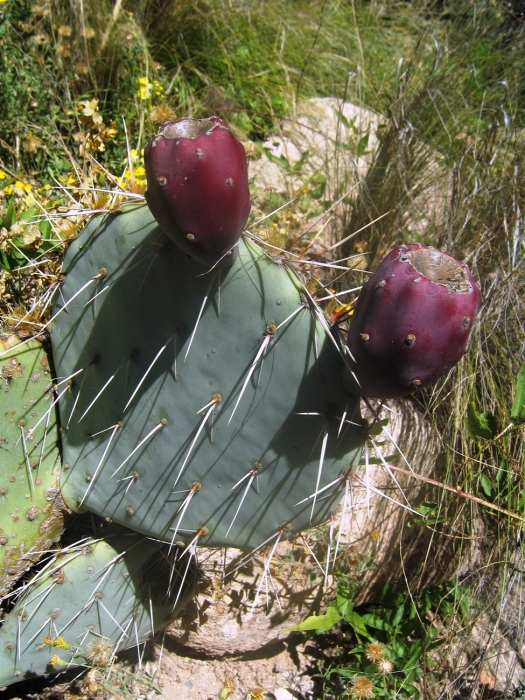
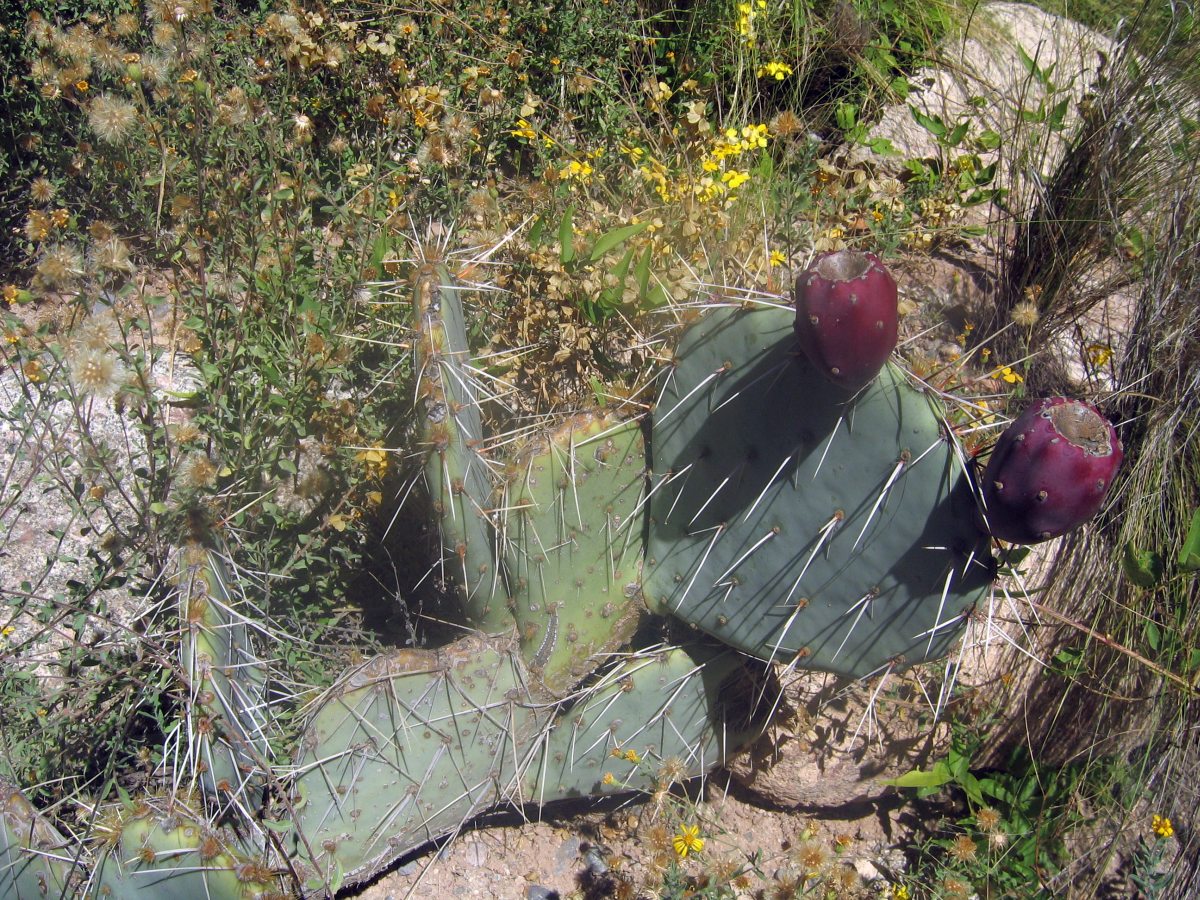
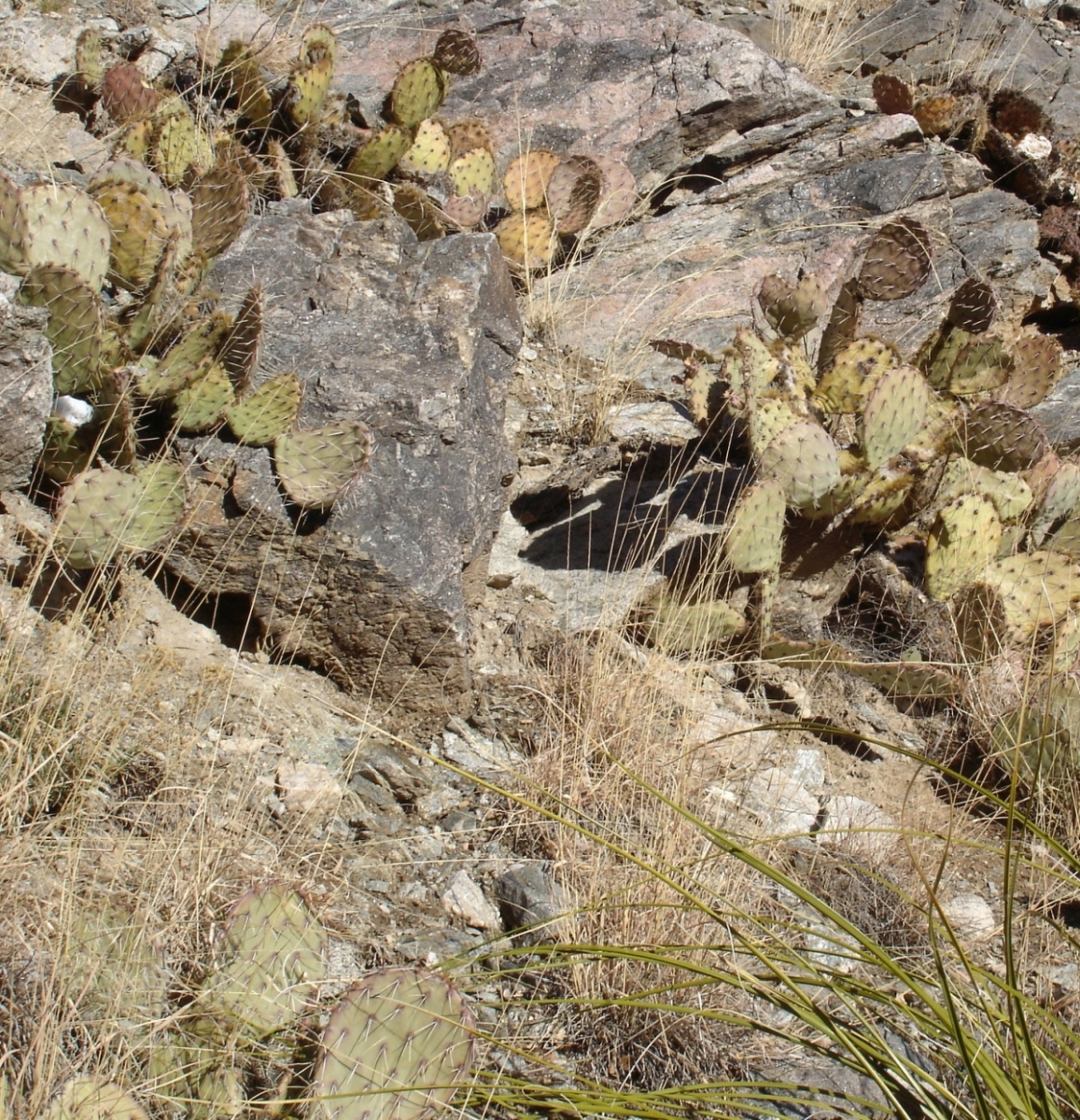
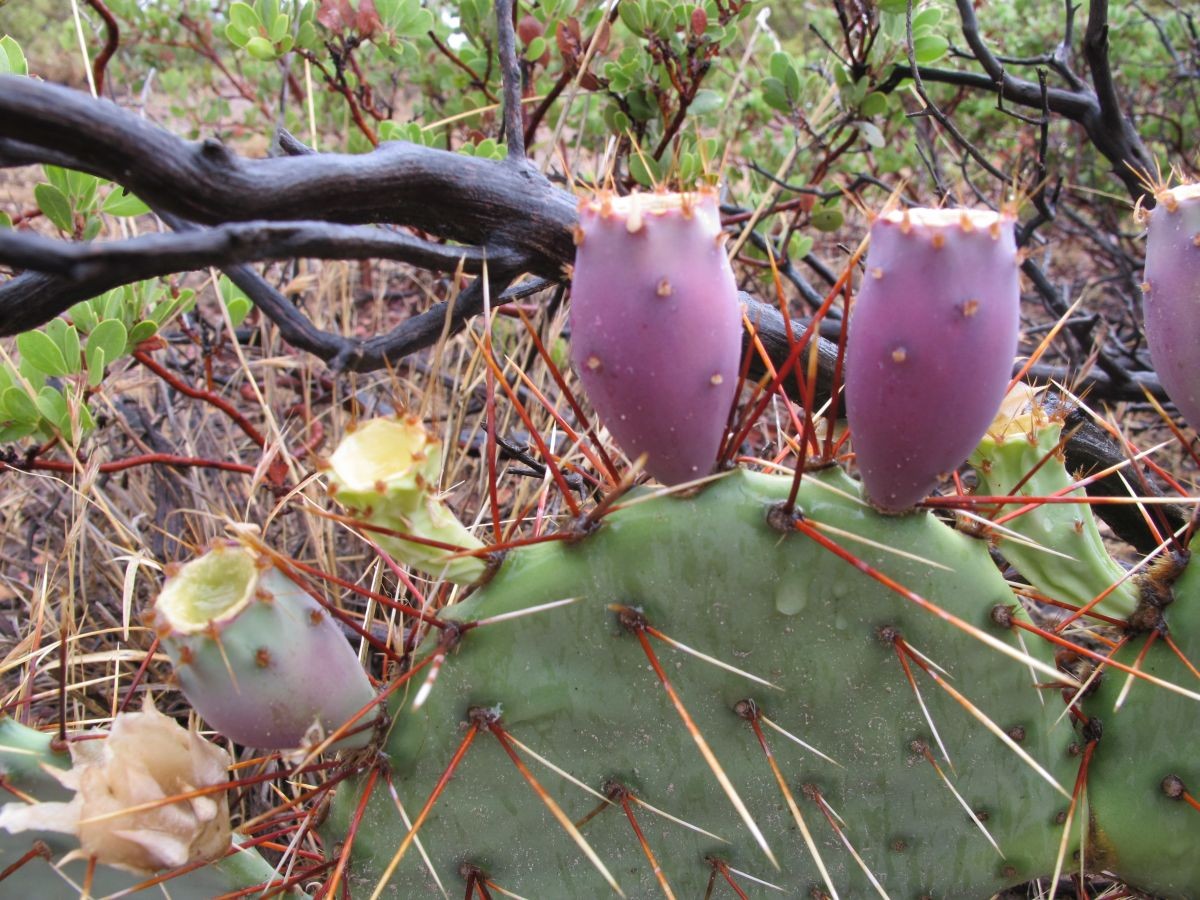
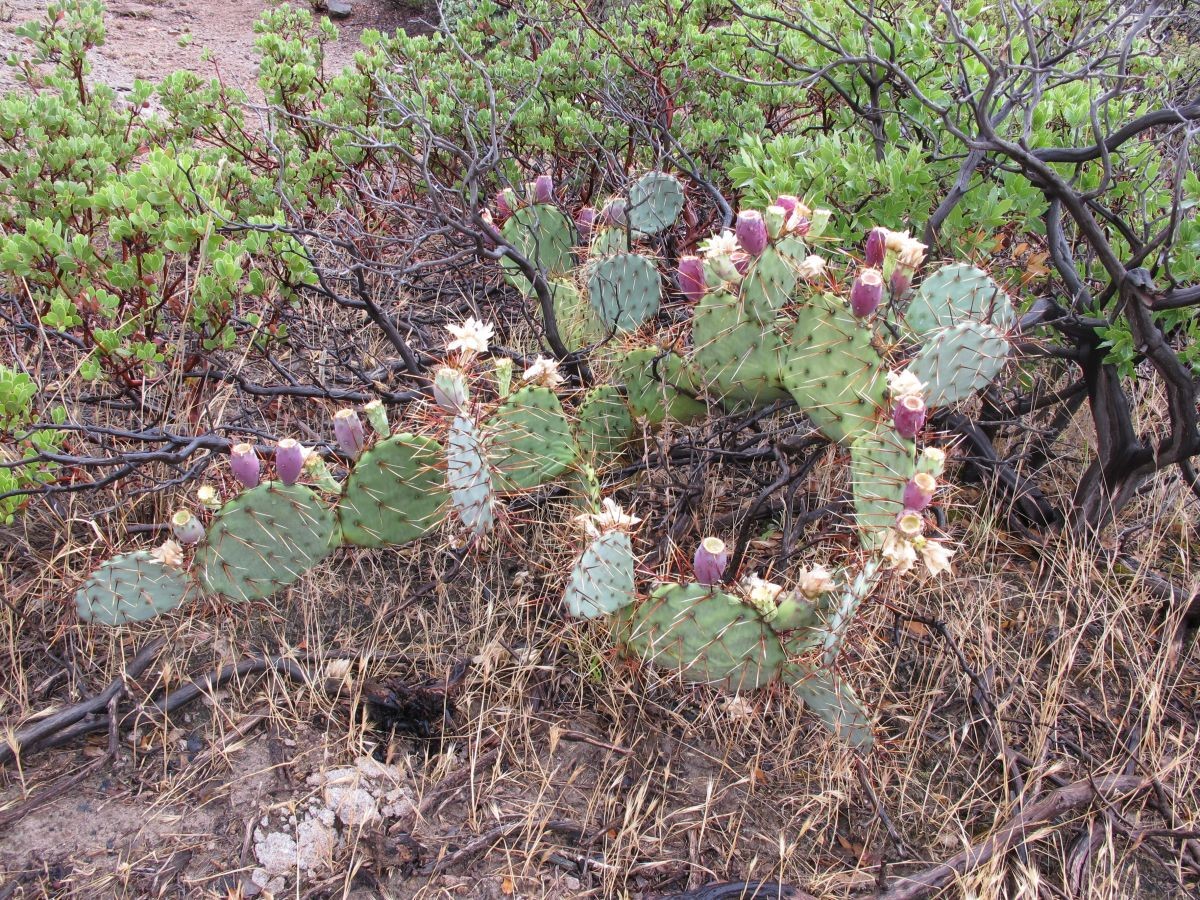
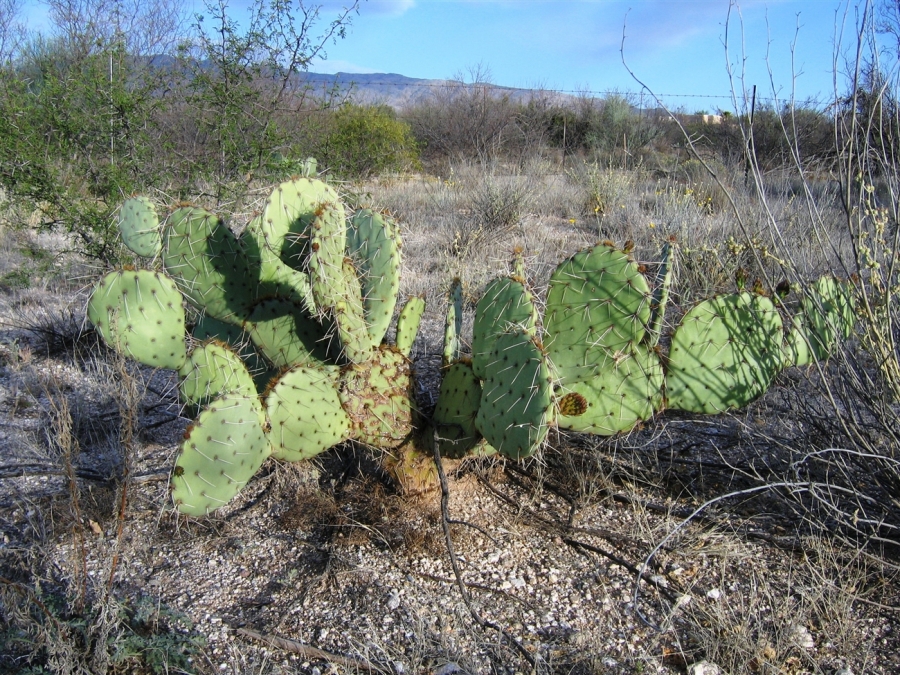
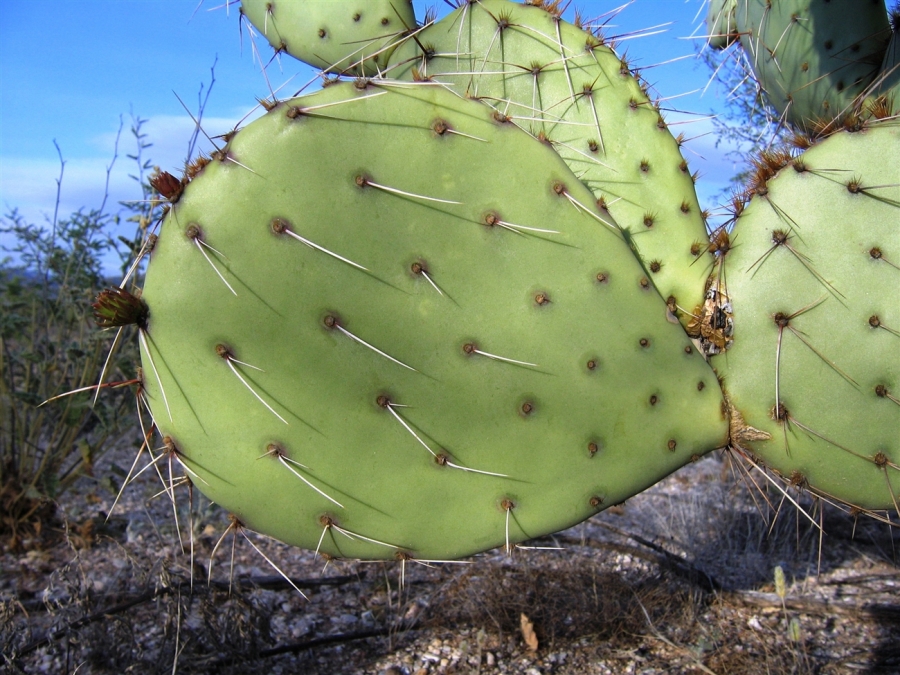
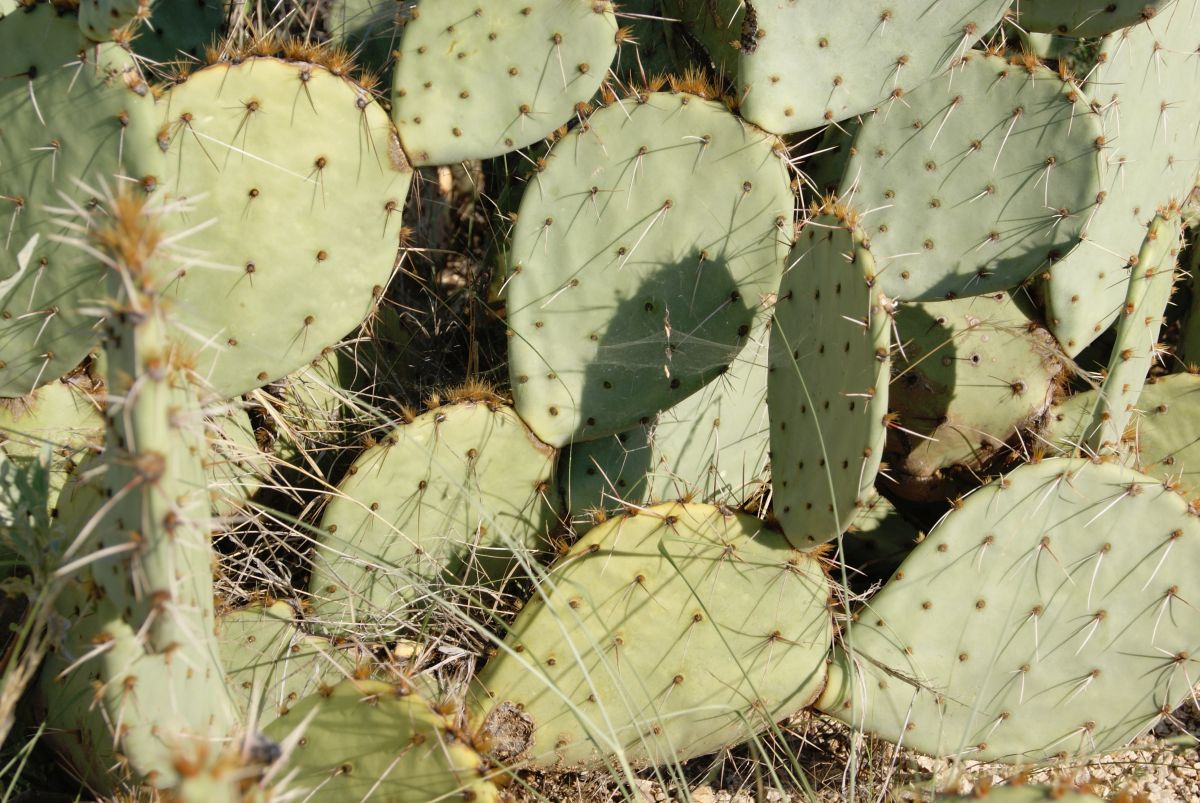
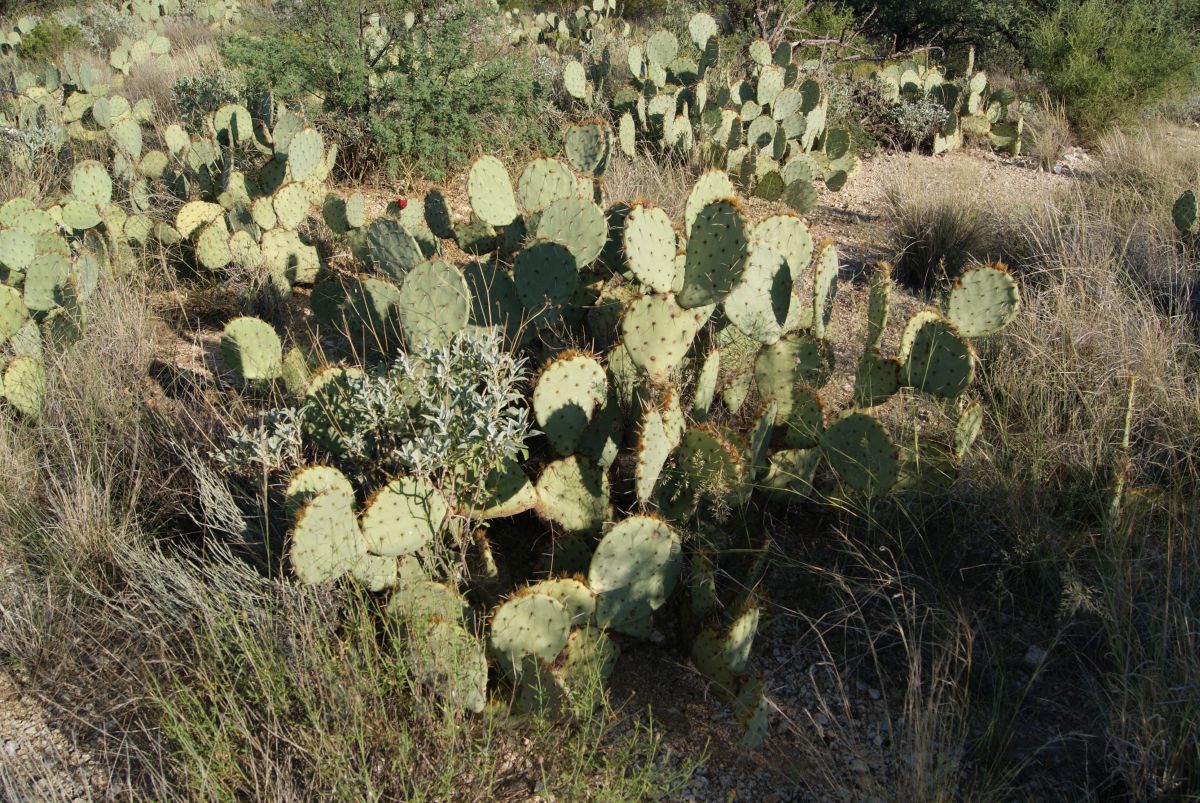
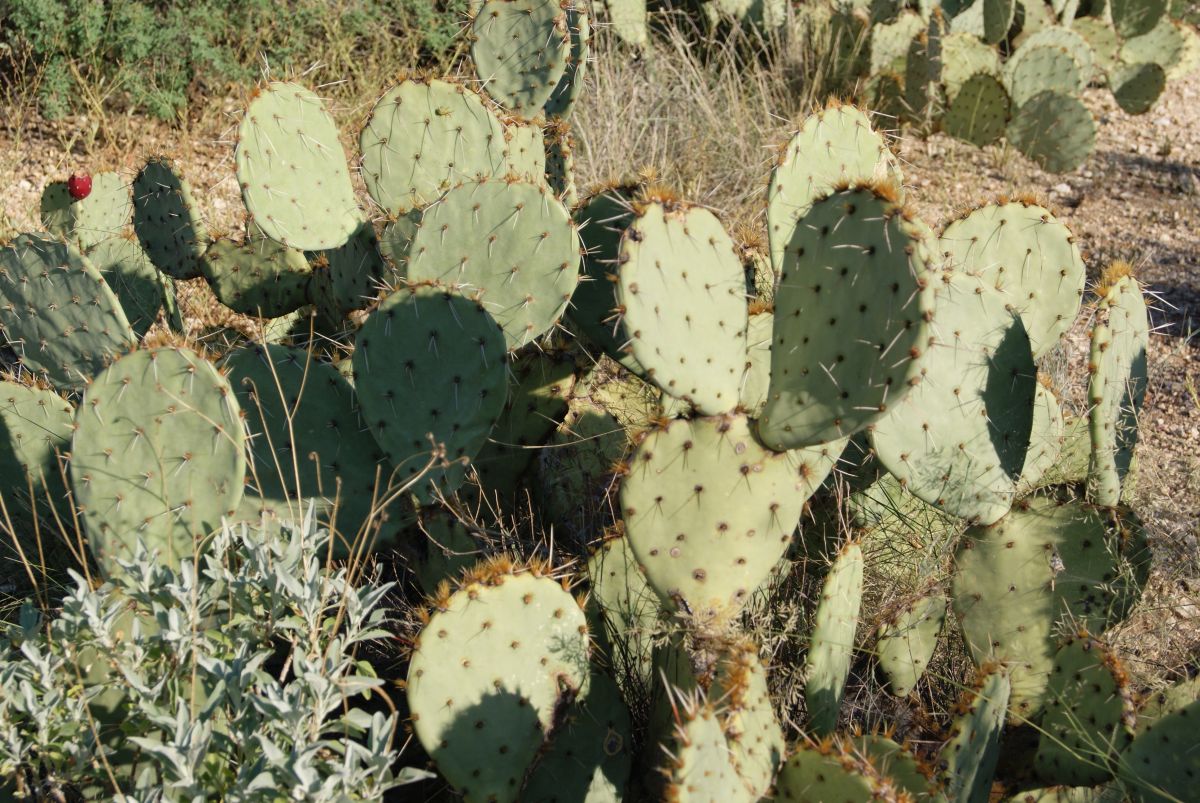

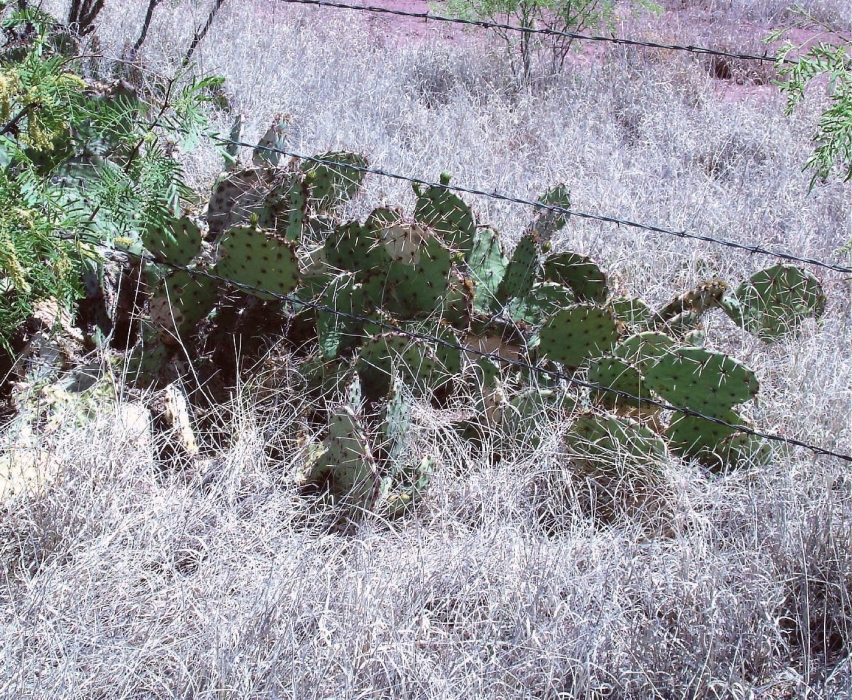
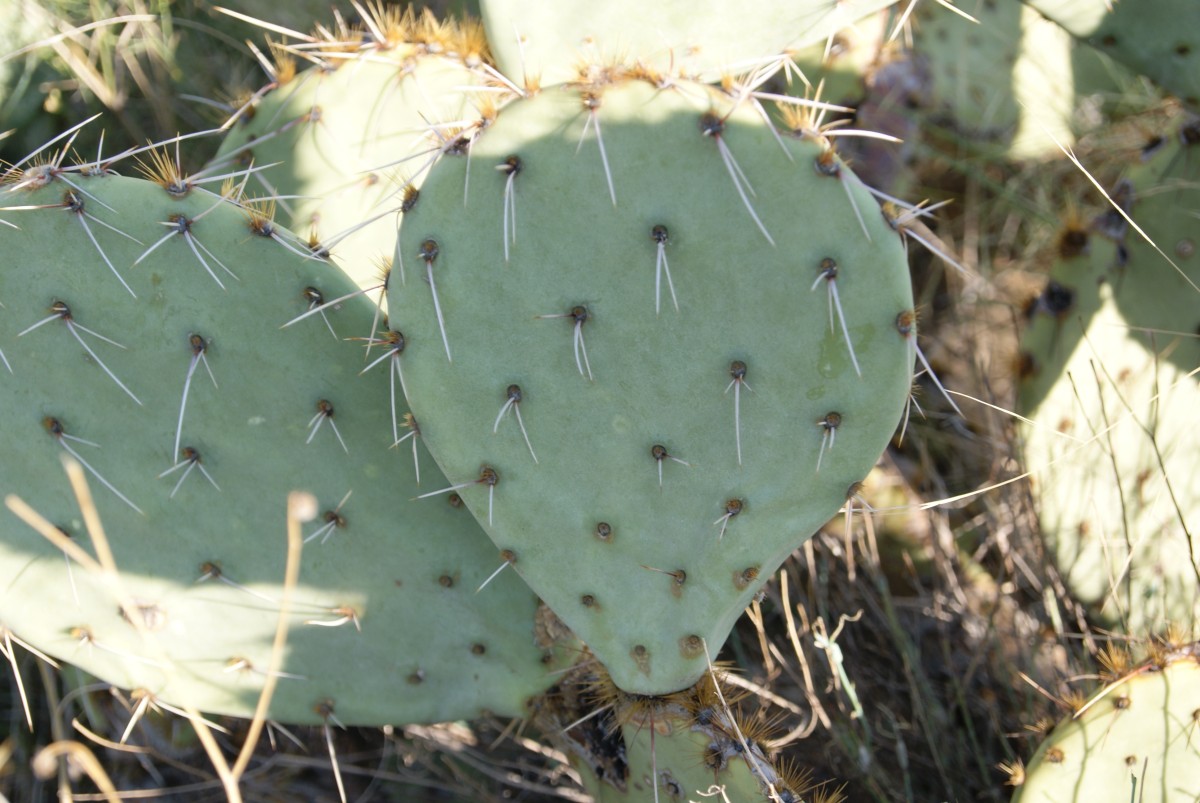
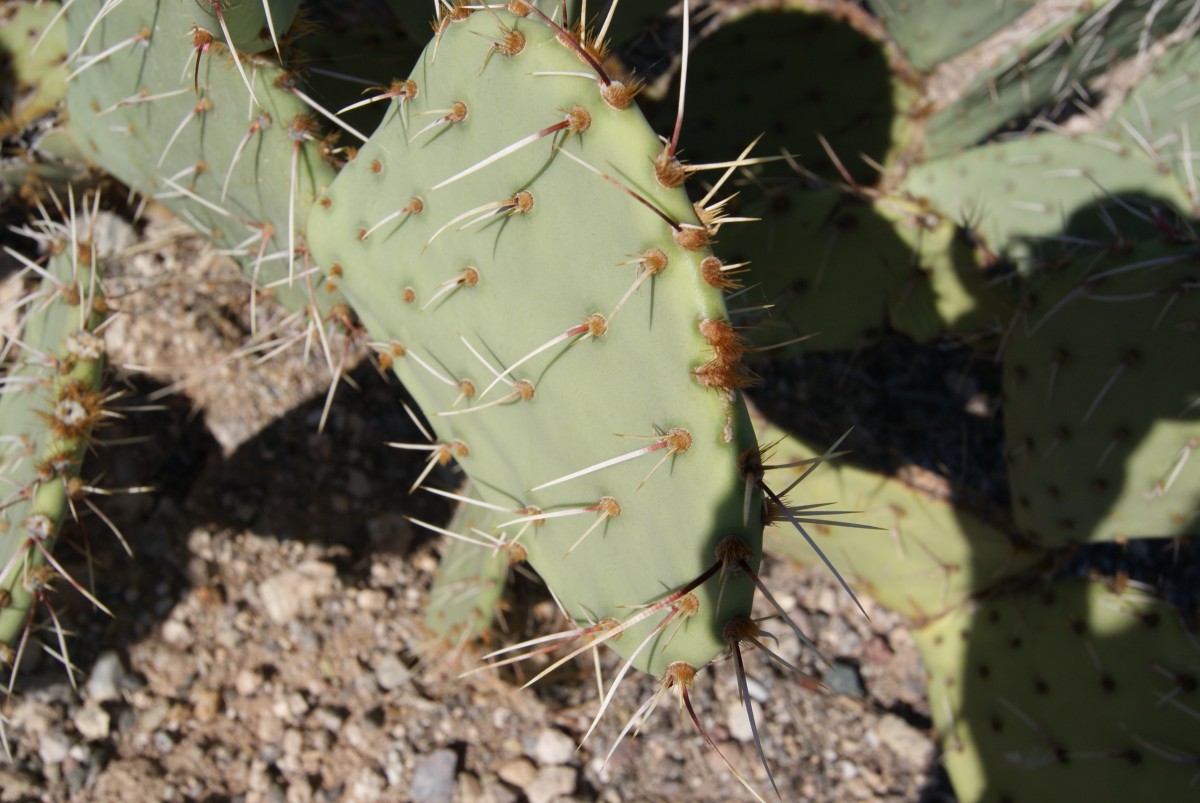
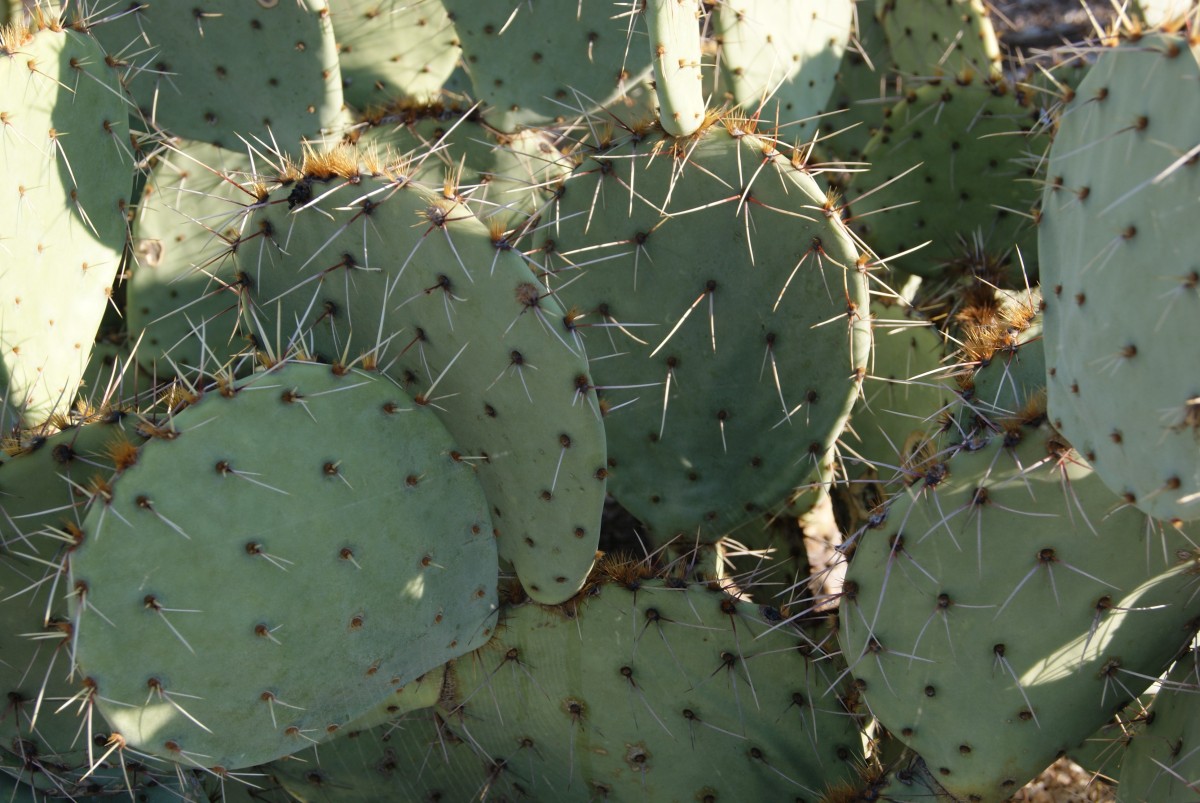
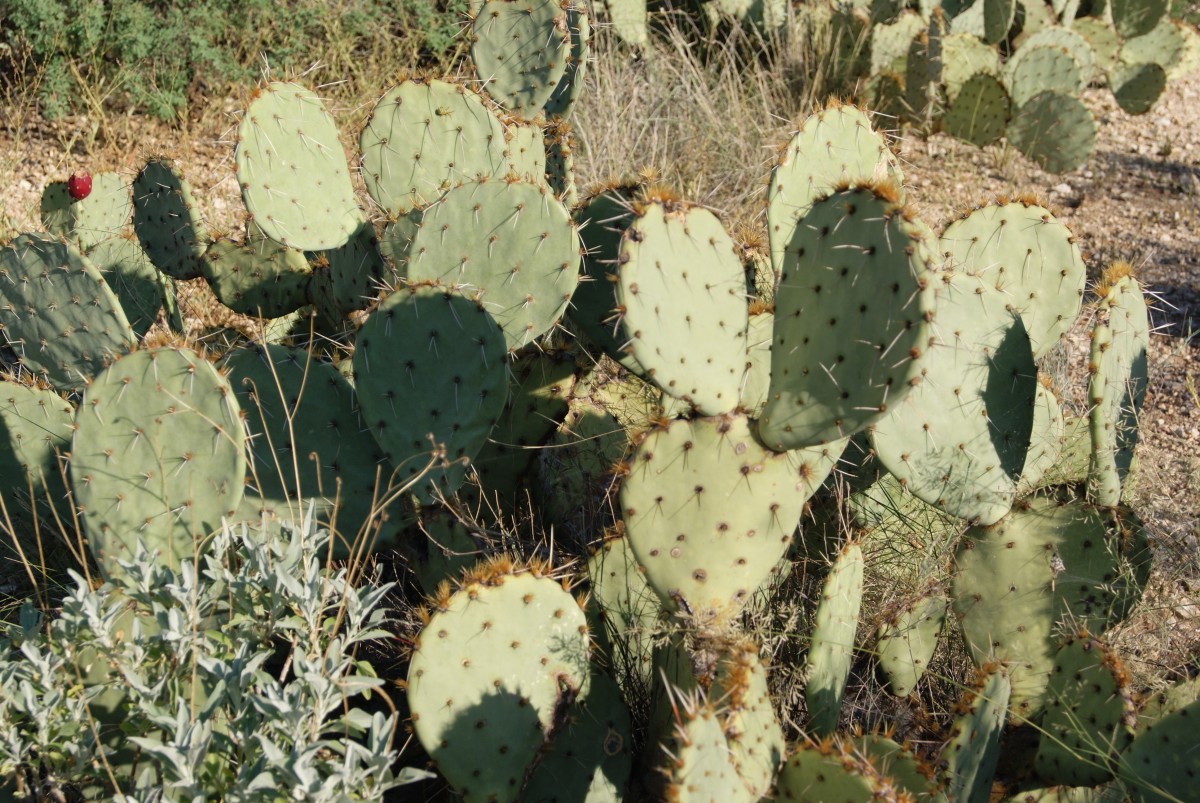
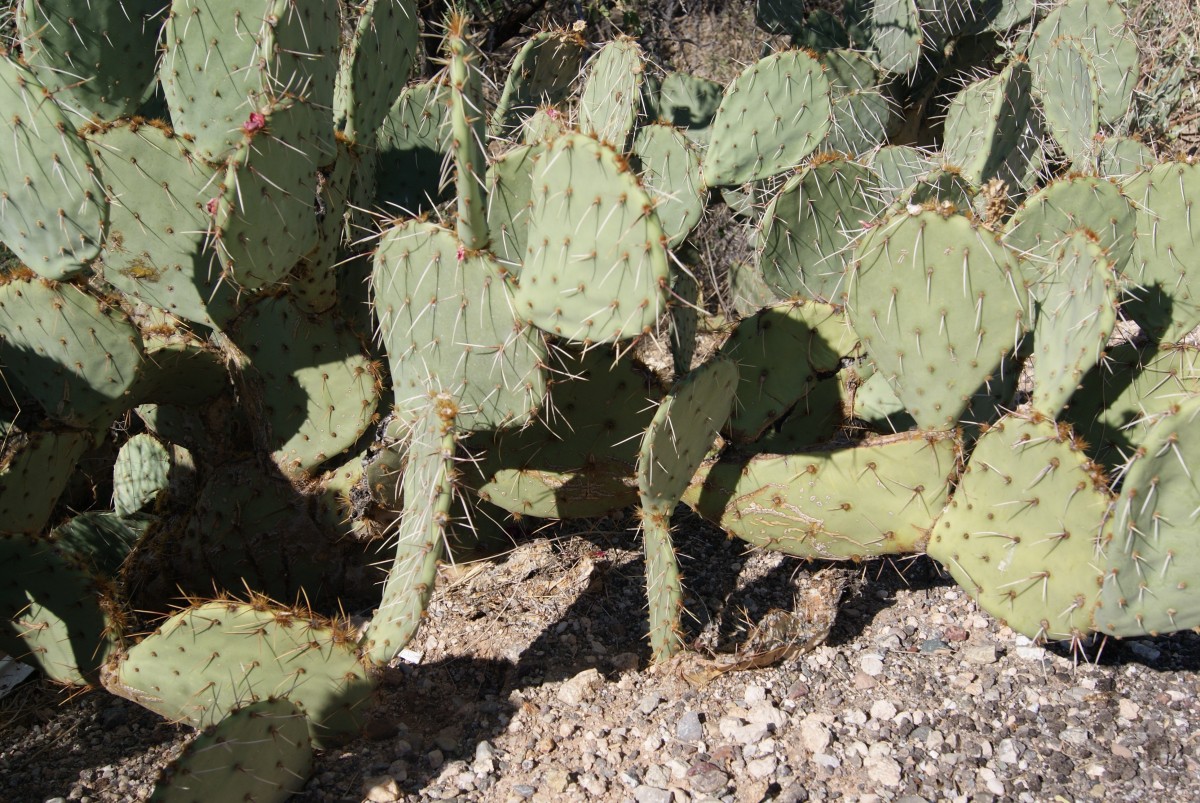

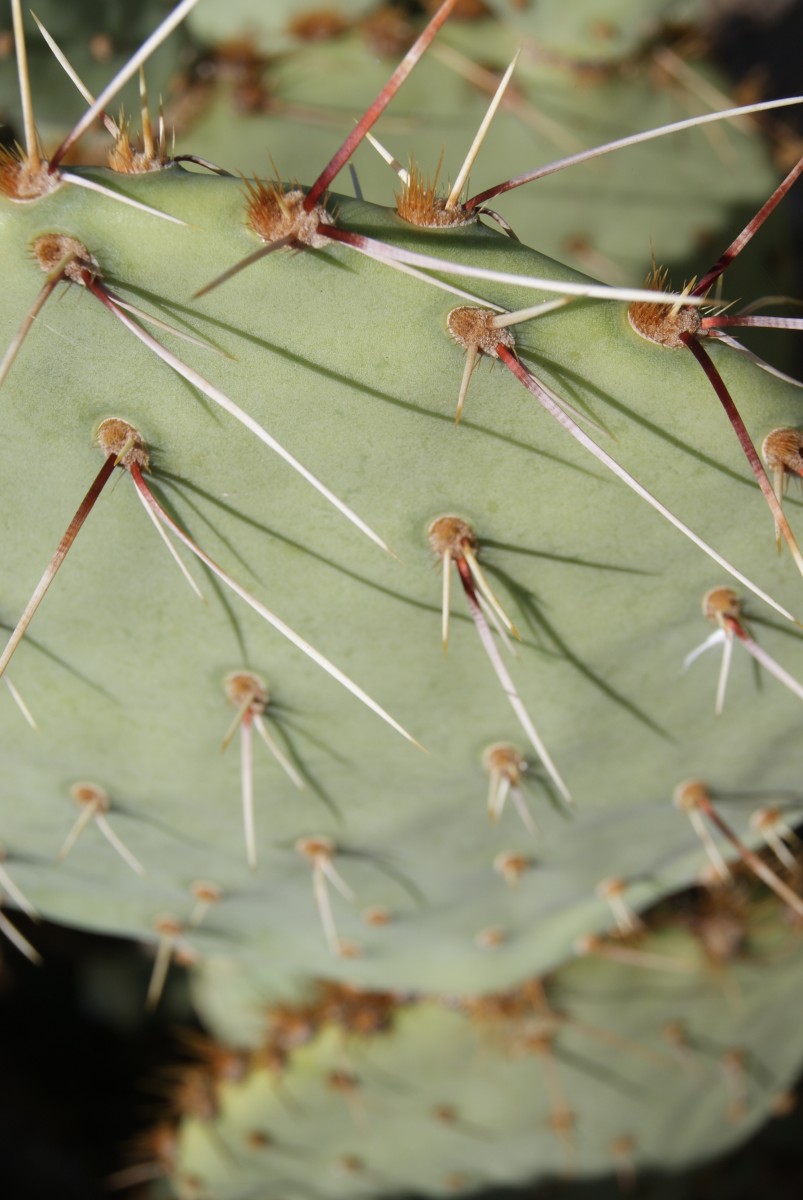
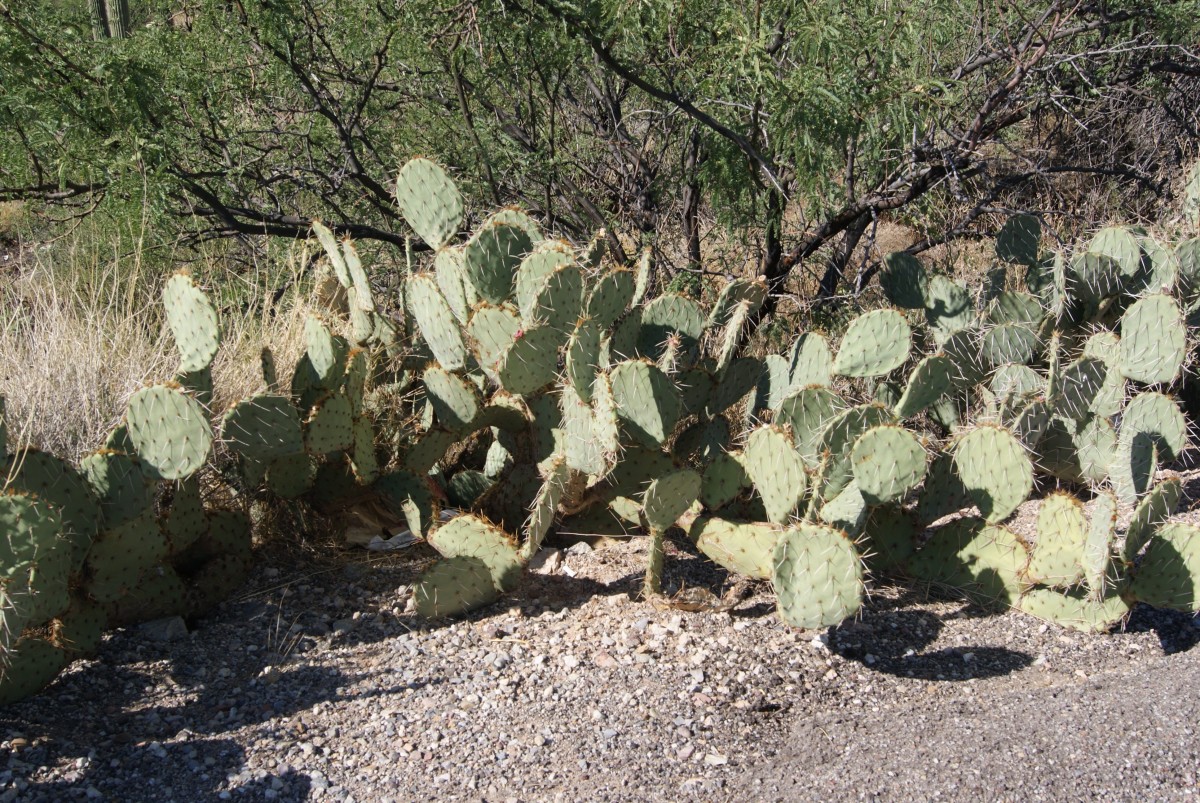
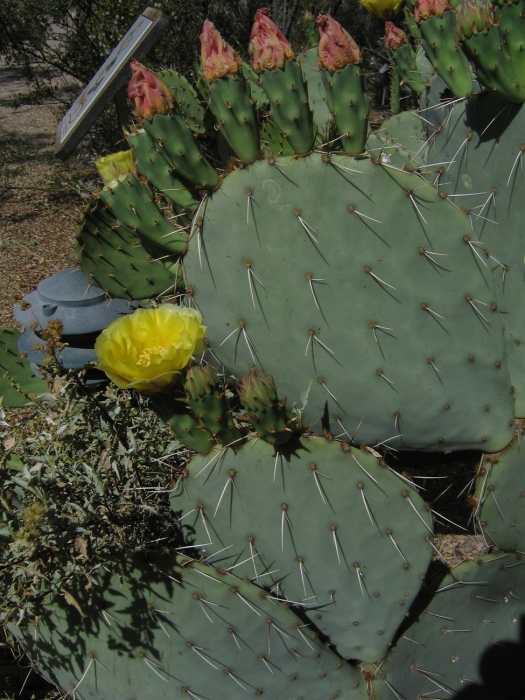


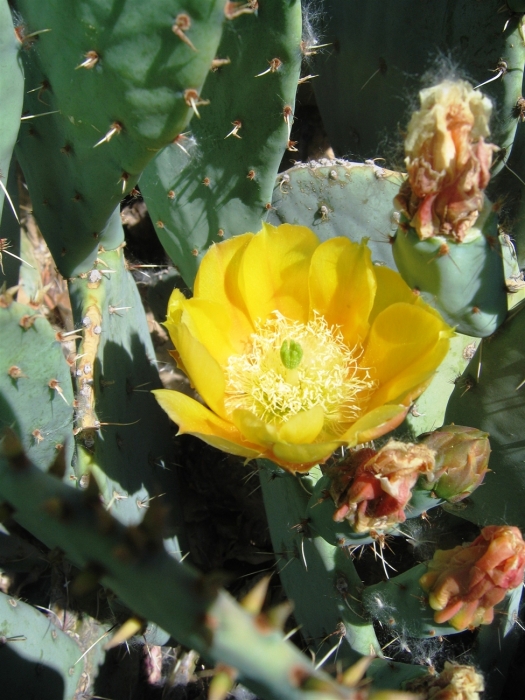
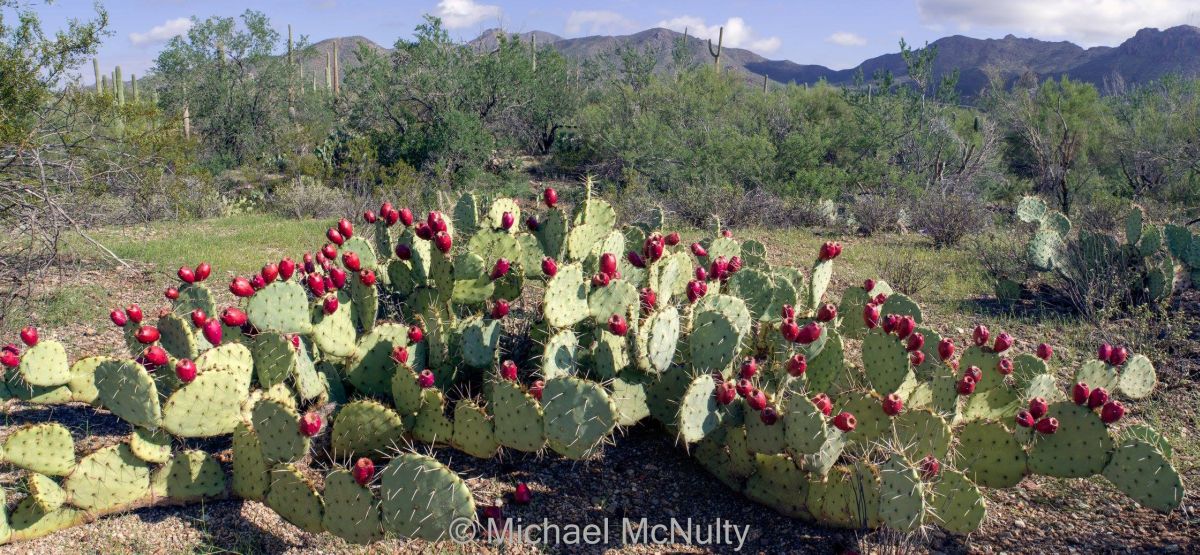
Where may I obtain a pad of O dulcis? Can’t find any online source selling them. Thanks!